Kengo Moriyama
Snow River
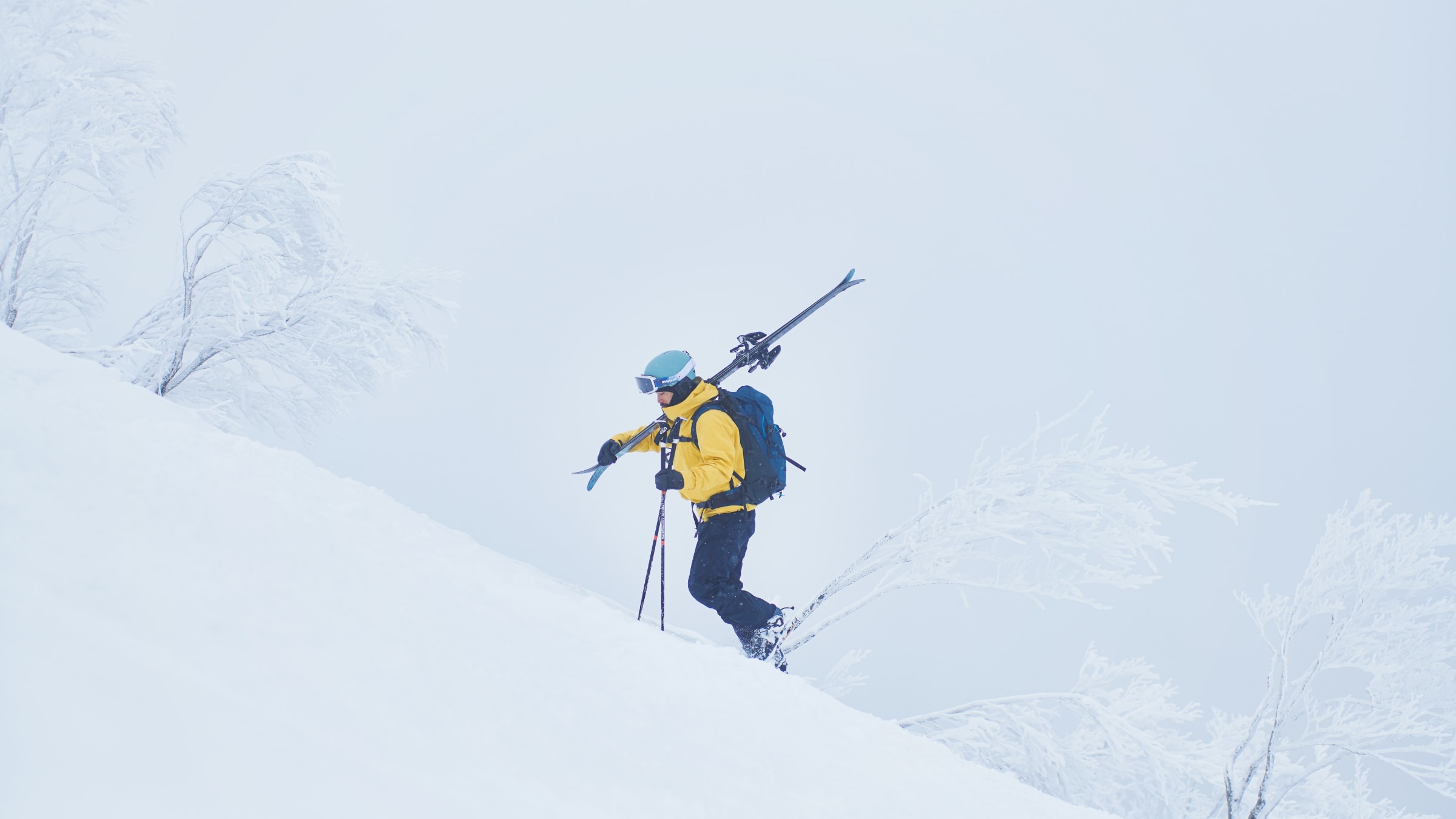
“Ever since I started educating myself about avalanches, I began to think that despite how harsh nature seems like, it is actually very forgiving. I learned to see it that way once I started listening to the voice of nature."
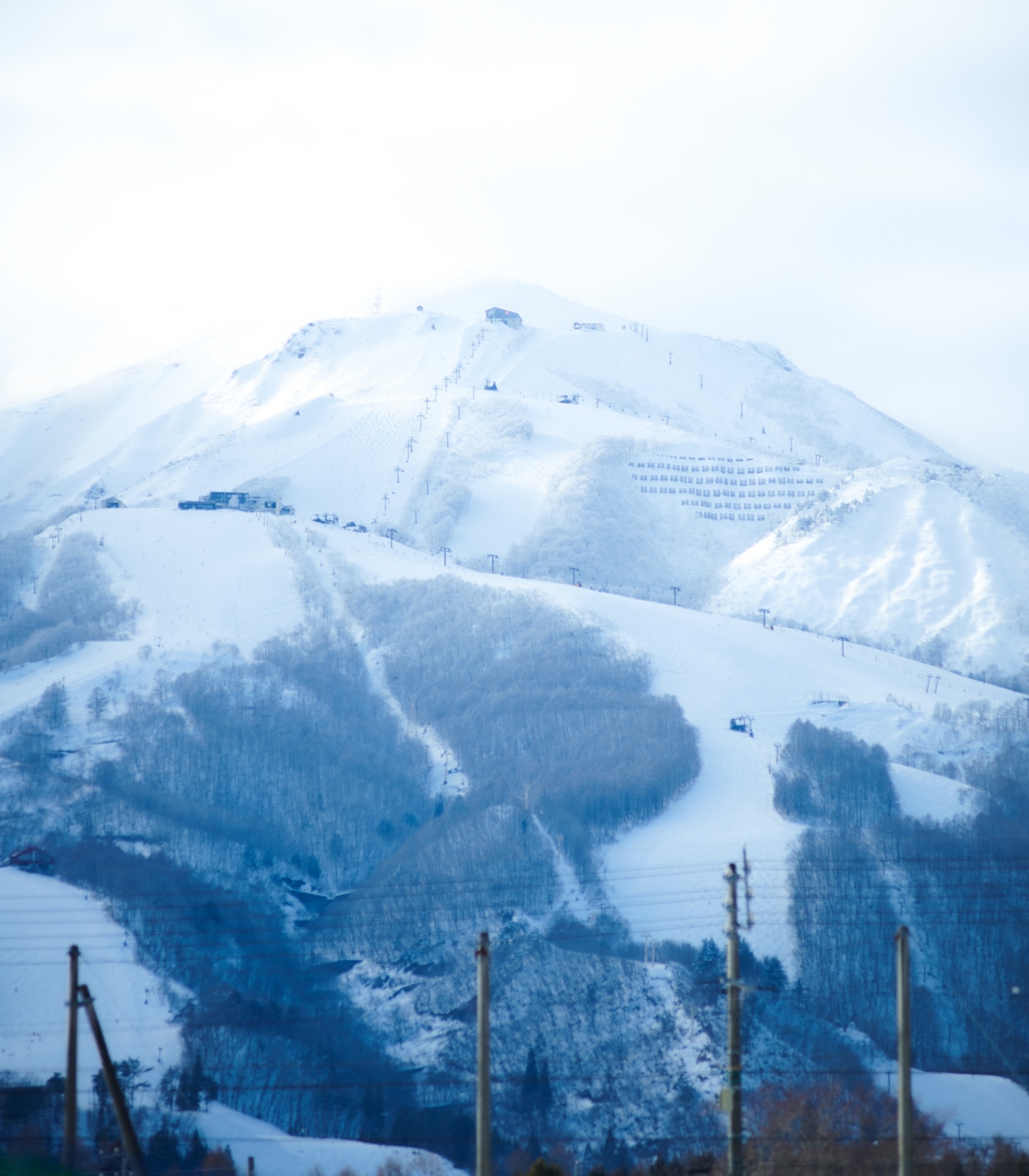
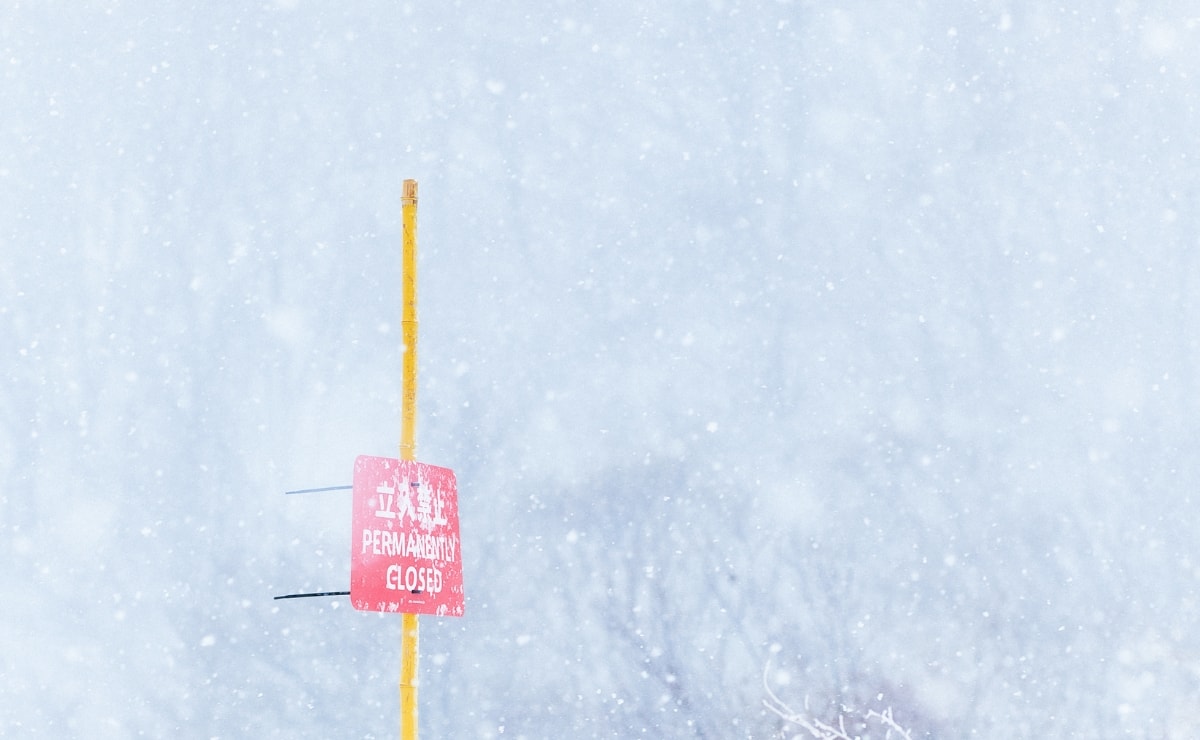
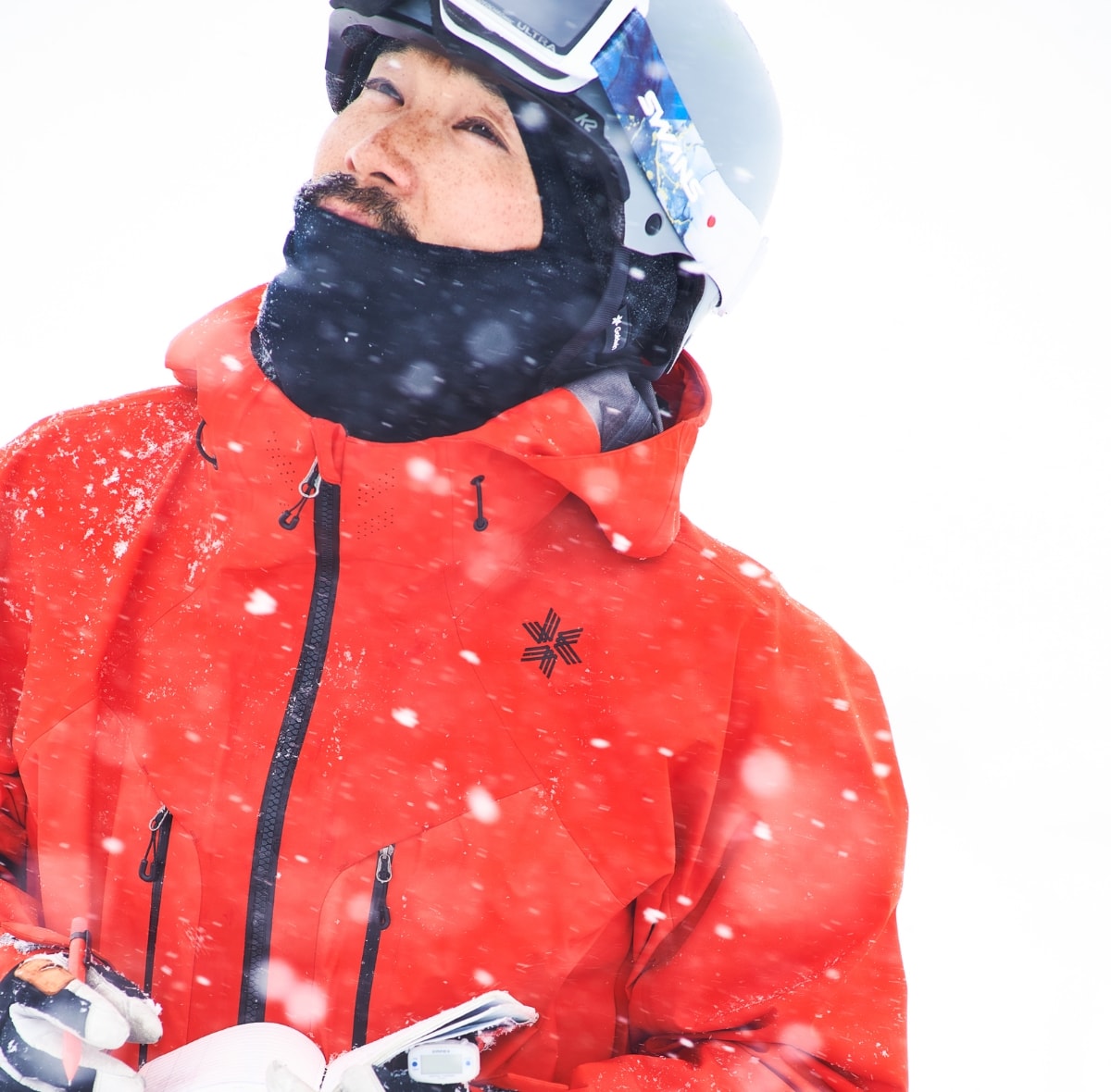

A Man Fascinated by Avalanches
Kengo Moriyama, a Goldwin ambassador, oversees avalanche risk management at Happo-One Ski Resort in Hakuba, Japan, and spends his days dealing with the dangers associated with avalanches. He was the head of risk management in the international mountain ski competition in Hakuba, and is known as an expert in the field of avalanche risk management.
An “avalanche'” is a “natural phenomenon” in which snow that has fallen on a mountain slope is no longer able to accumulate for some reason and collapses. Any ski resorts are at risk if the snow that accumulates every day is left unattended. And that is why ski resorts hire experts like Moriyama to control the occurrence of avalanches and prevent disasters before happening.
In addition to his daily work, Kengo Moriyama is actively engaged in avalanche education activities, leads a study group by an experts called “Hakuba Avalanche Learning Center,” and hosts “Search and Rescue Courses” for general skiers and mountaineers.
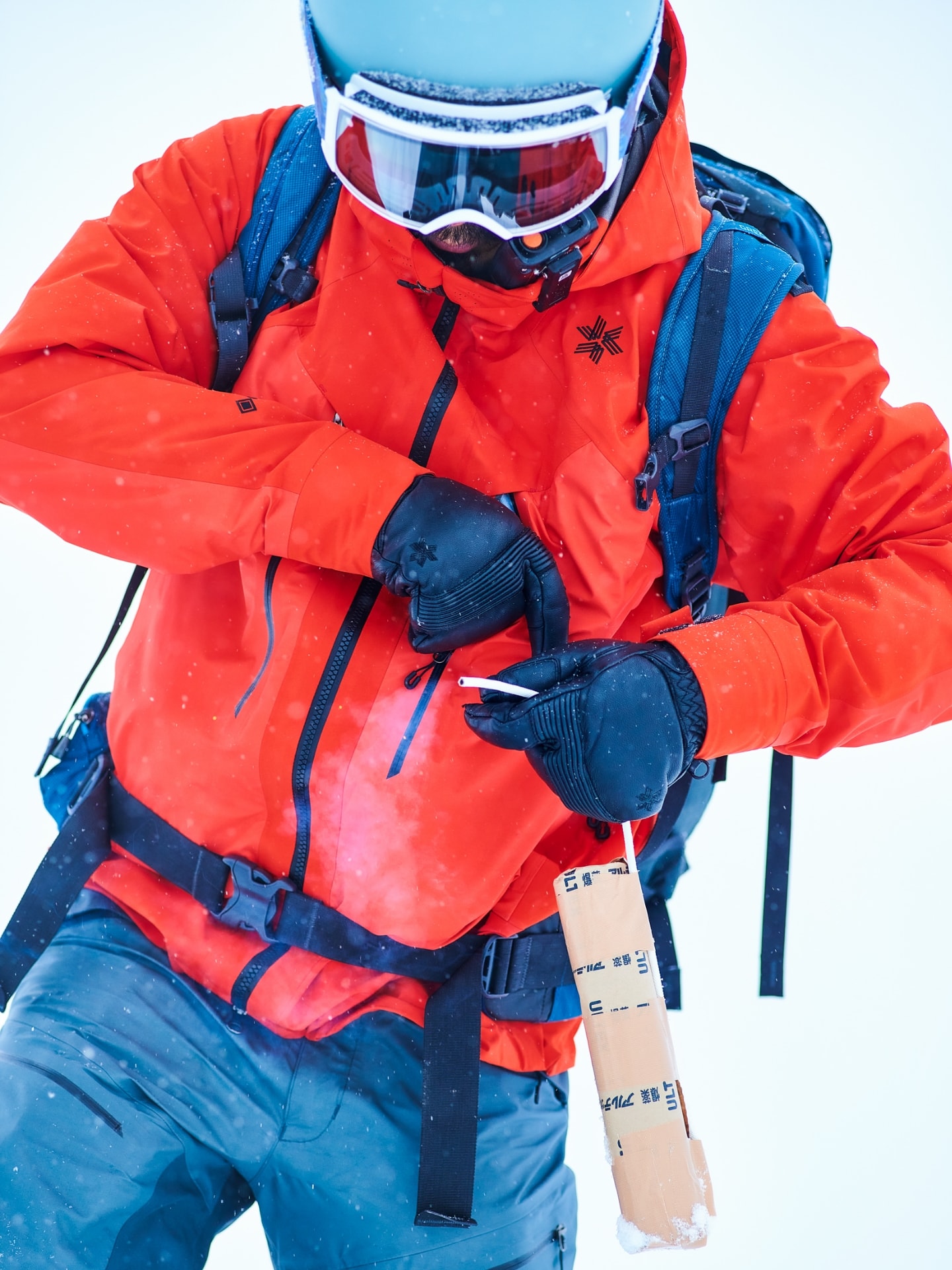
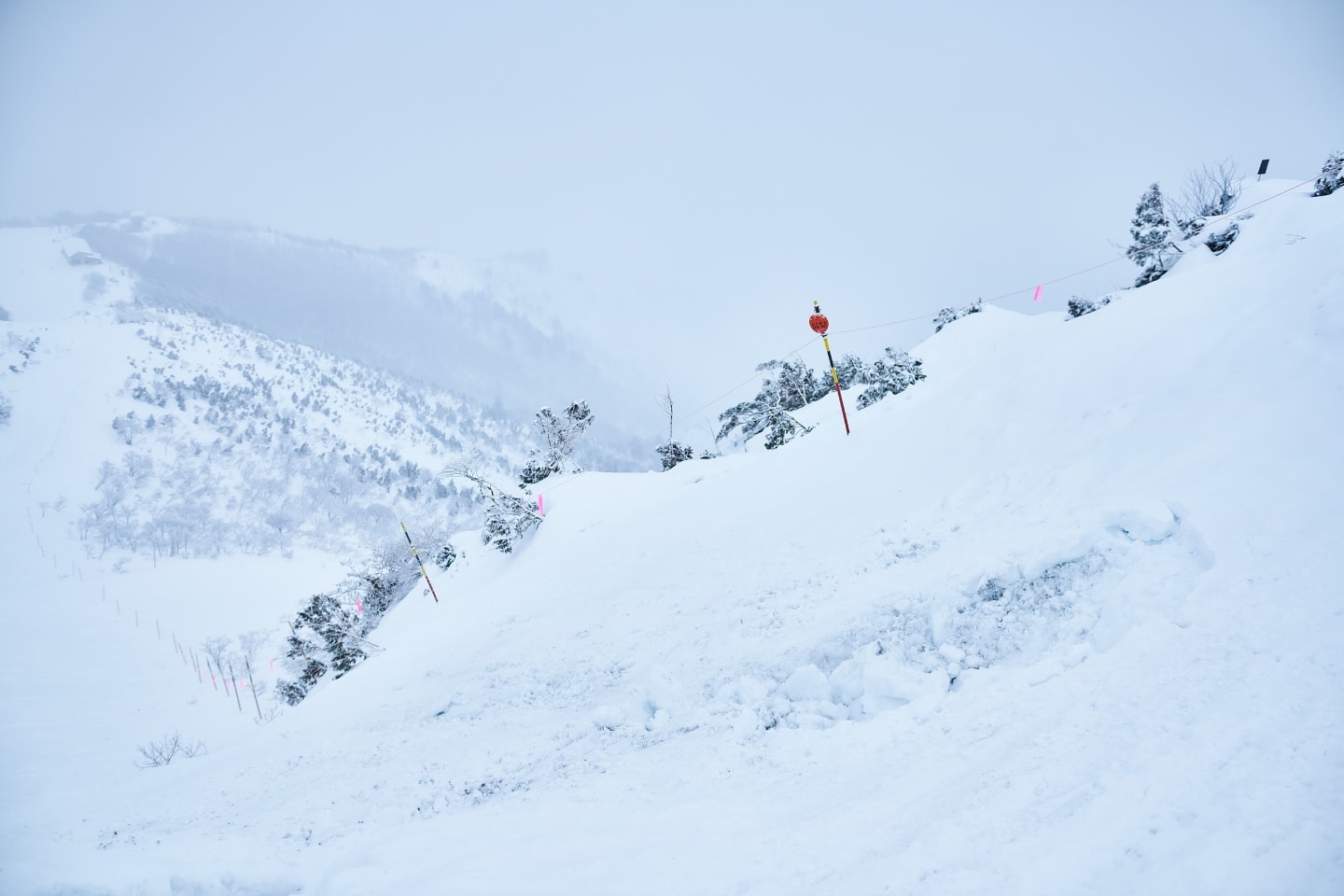
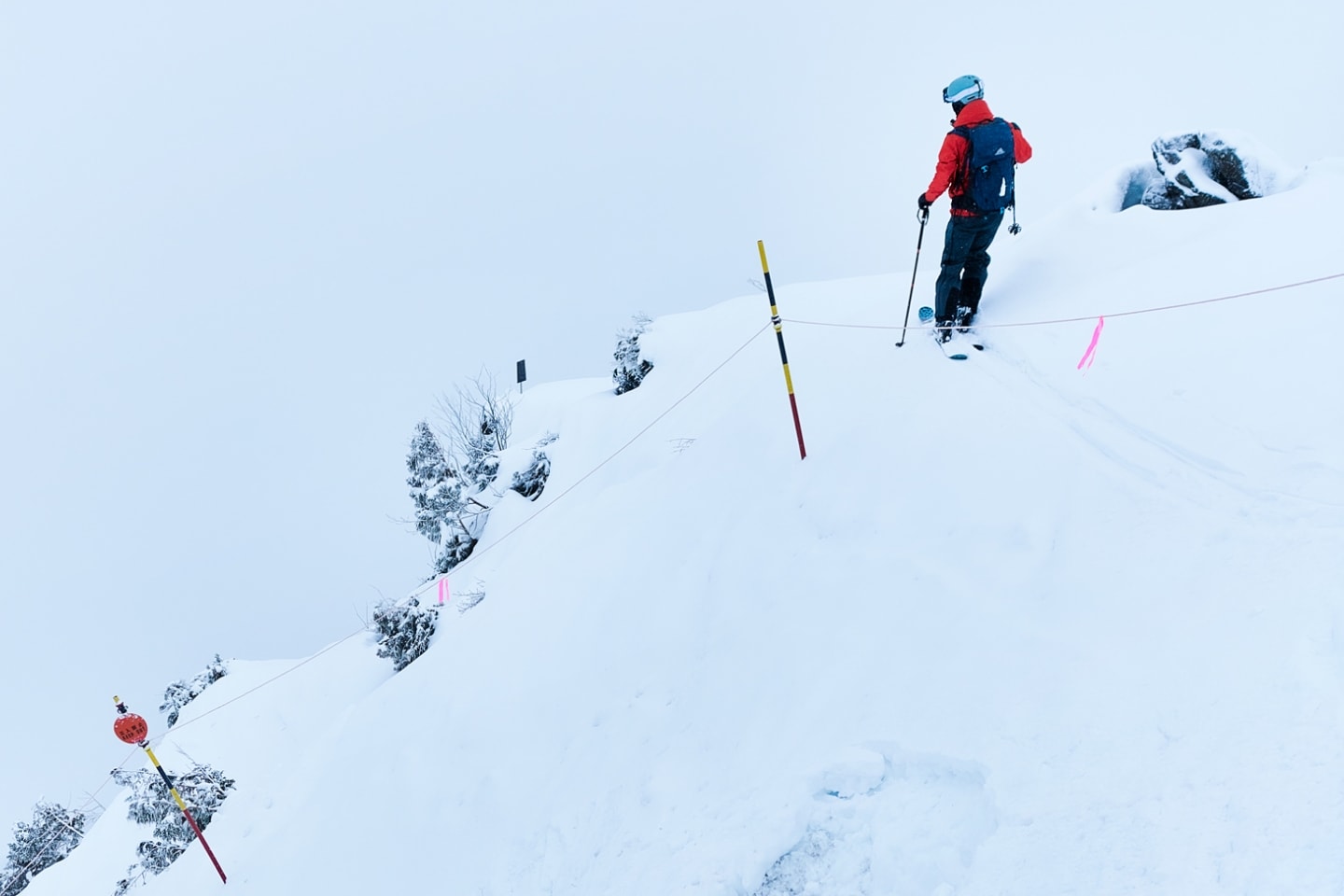
“First of all, I want to minimize the number of avalanche accidents. This is the bottom line because I don't want any accident happening to myself, to my friends, or to anyone of course. And at the same time, I also want to dig deeper into the essence of avalanches. That’s why I try to engage in a variety of activities."
Moriyama tells us that avalanche-risk management is a “fight with avalanches” while he describes how he “want(s) to dig deeper into the essence of avalanches.” He explains that the avalanche itself, which occurs as a natural phenomenon, has an undeniable beauty that fascinates people.
“I think the typical impression is that the avalanches are scary, people lose their lives in it and all. However, I believe that's the impression we get after accidents happen. We see avalanches as dangerous because we involve ourselves in them. Watching an avalanche that flows like a river is freightneng, but I also see it as beautiful. It’s true that the more I learn about avalanches, the more fascinated I become with them.

The Essence of Avalanches
What exactly does Kengo Moriyama mean by “Dig(ging) deeper into the essence of avalanches”?
One is to figure out the mechanism of avalanches. For this reason, he frequently visits and investigates naturally occurring avalanches whenever he receives information about it happening at a nearby mountain.
How and why did this avalanche happen? In order to investigate its mechanism, a snow pit must be created to examine what type of snow has accumulated to form its snow layer. The thickness and hardness of the snow, the temperature of the snow, the solidity of layers, and shapes of the snow crystals that make up those layers; you become more skilled and experienced by continuing to keep records of such. There’s no need for an explanation that those knowledge and skills put him at the frontline in the feild of “avalanche risk management.” But even before that, “avalanches” are an “object of interest” for him and how he finds communication with nature.
While Moriyama gets the “researcher” look on his face as he investigates the snow layer in the middle of a snowstorm, he also has a look of a “young boy.” The notebook he uses in the snow is filled with records of such reasearches.
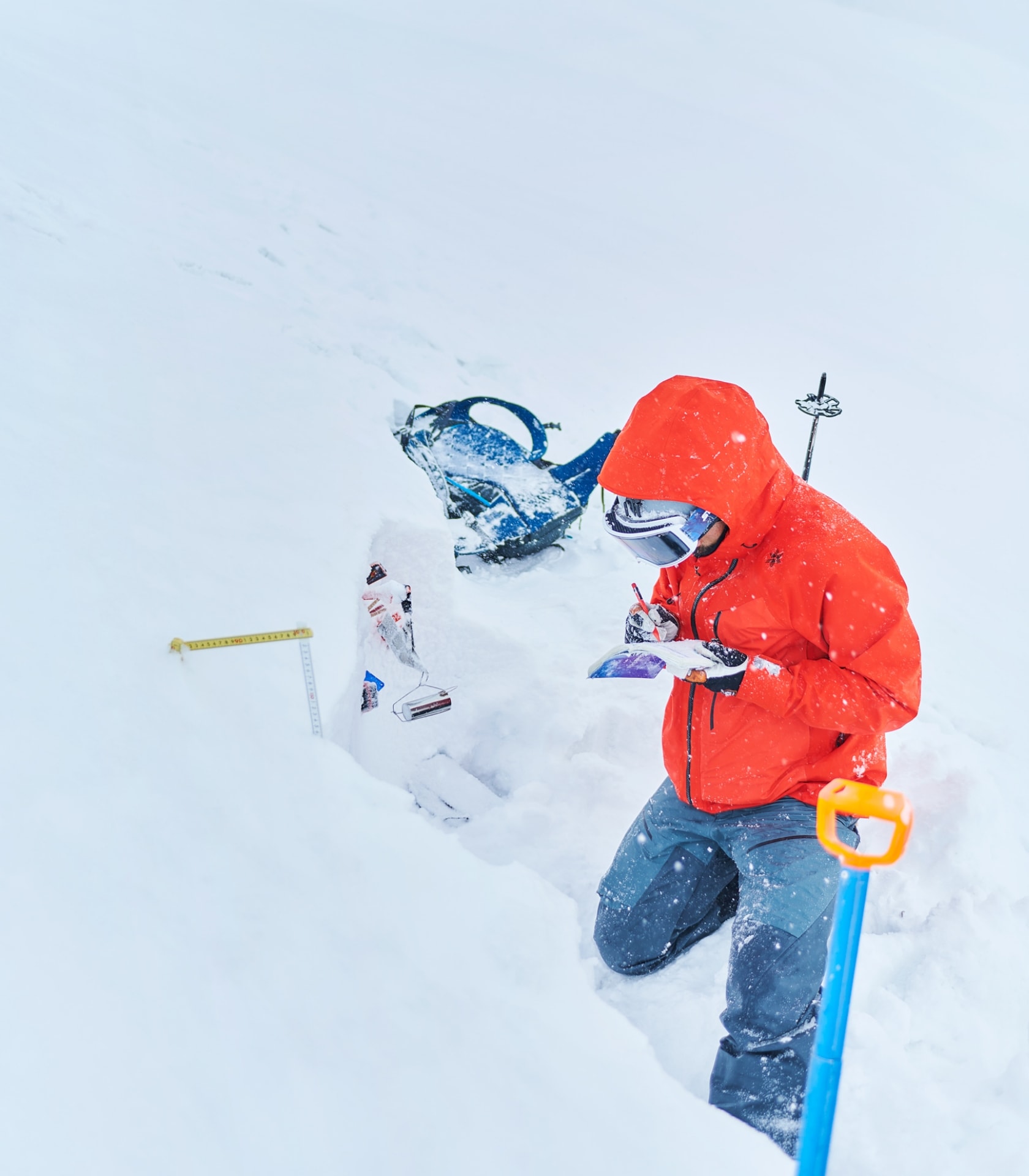
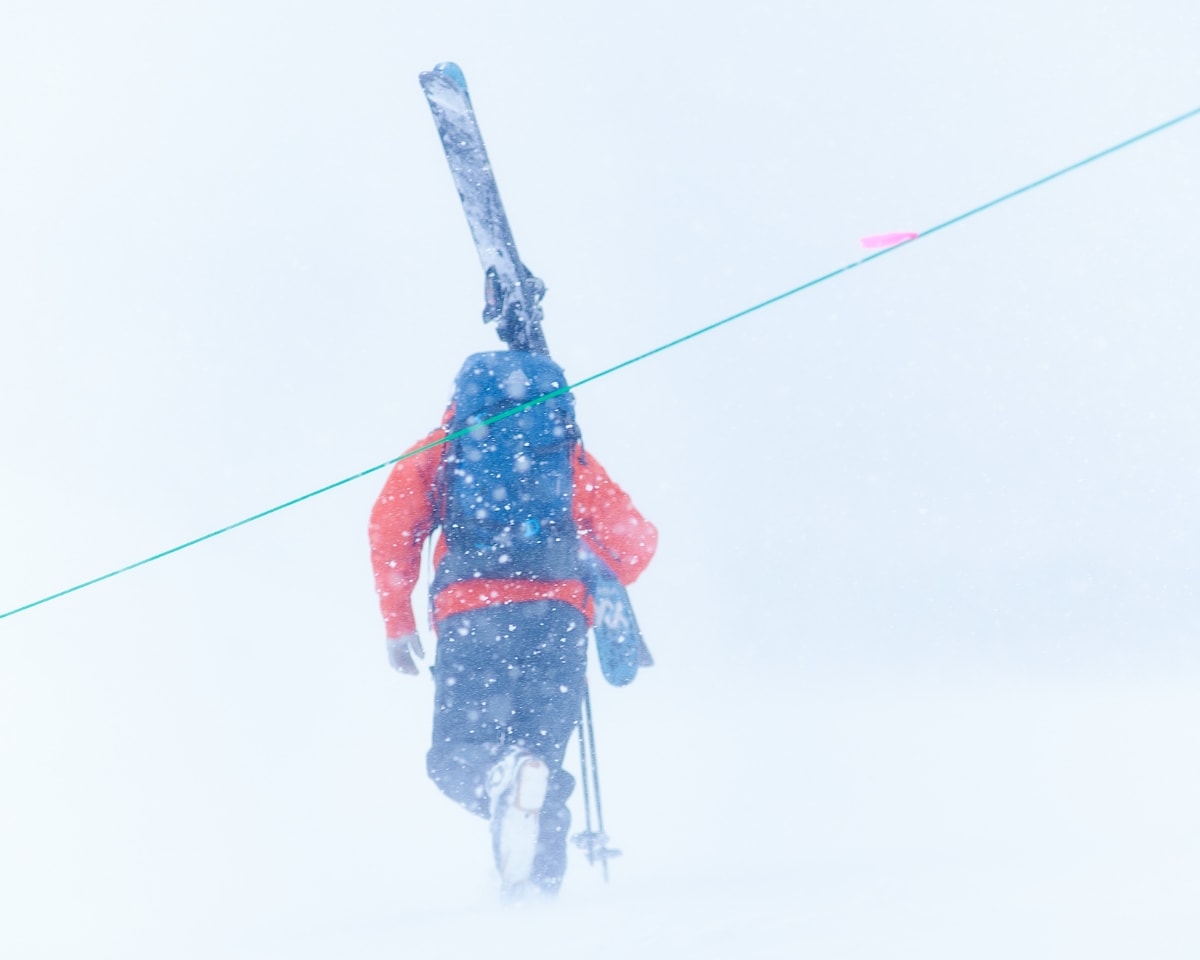


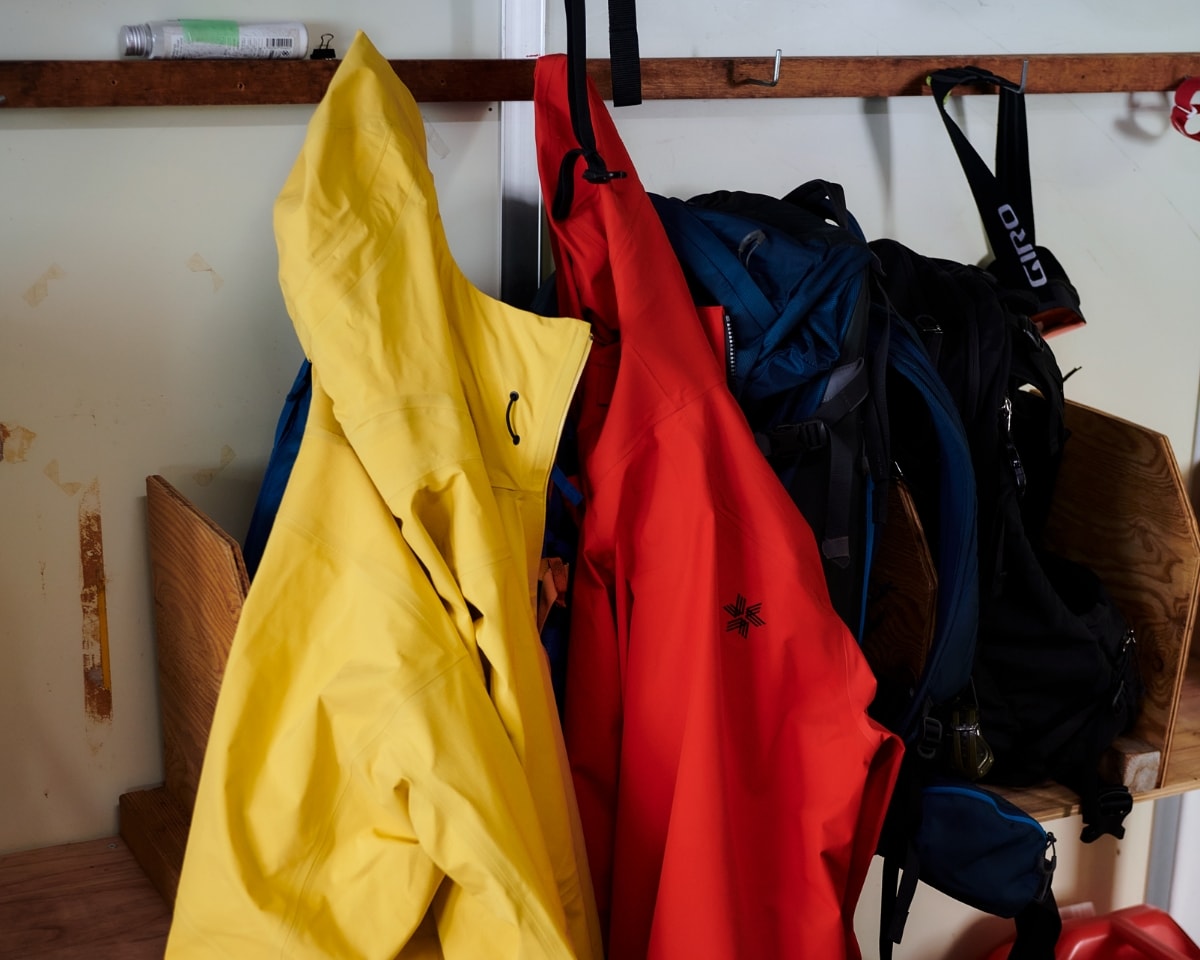
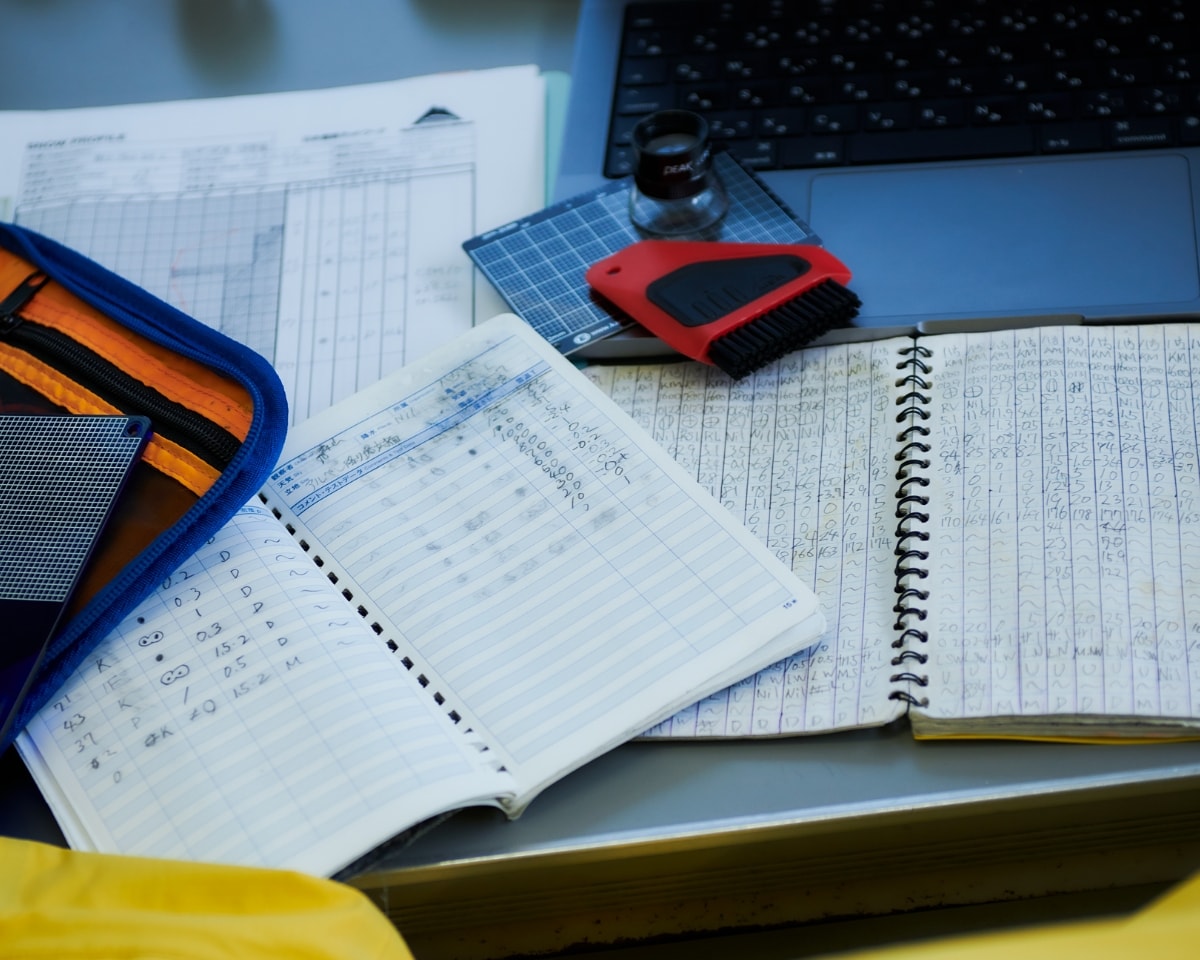
The key role of avalanches in nature
“I believe there are naturally occurring avalanches that happen because they are a necessary part of nature.
If you’ve ever heard that wildfires occur in order to regenerate forests, or that typhoons form to cause ocean to stir up seawater as a self-purifying mechanism, Kengo Moriyama sees avalanches as part of an essential natural cycle, just like other natural phenomena.
“For example, in an avalanche, snow particles get broken into small pieces as they flow down. Then those finely crushed snow becomes very dense and solid snow. And that enables the snow to remain unmelted even in the summer, allowing those areas with such snow to stay moist without much rain. So, avalanches and snow are also called “white dams” because they help store water in the mountains. Basically, an avalanche is a natural dam.”
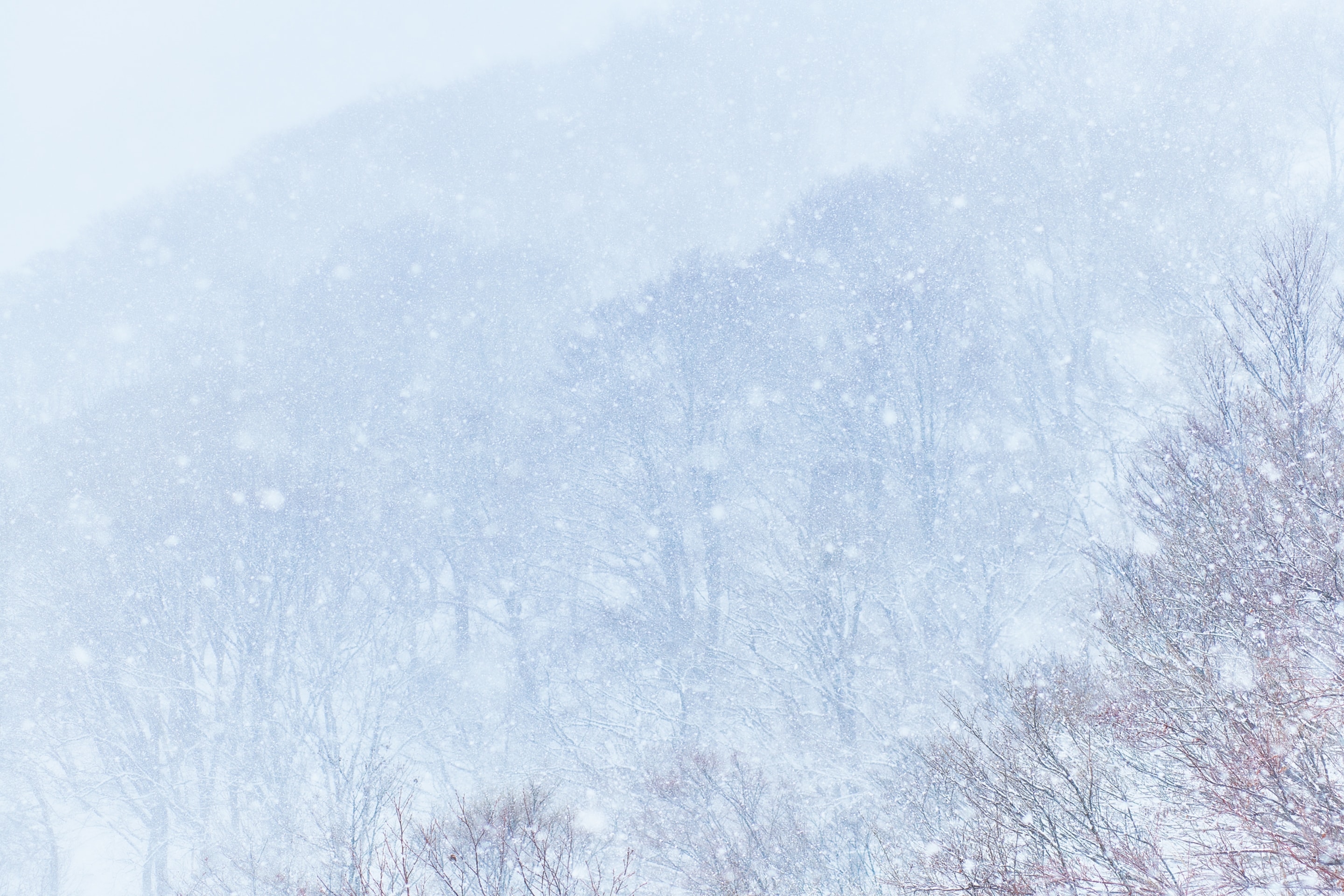
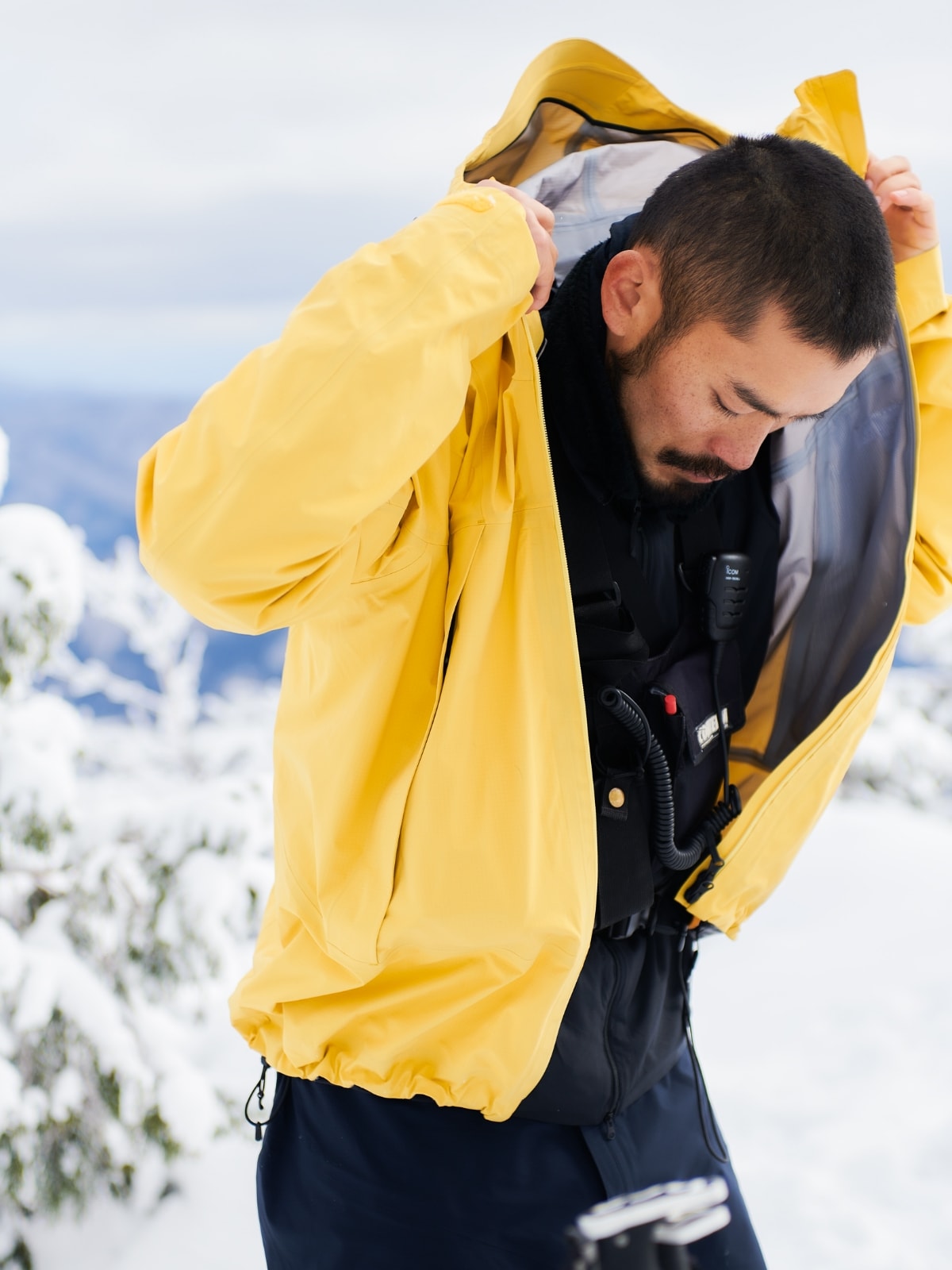
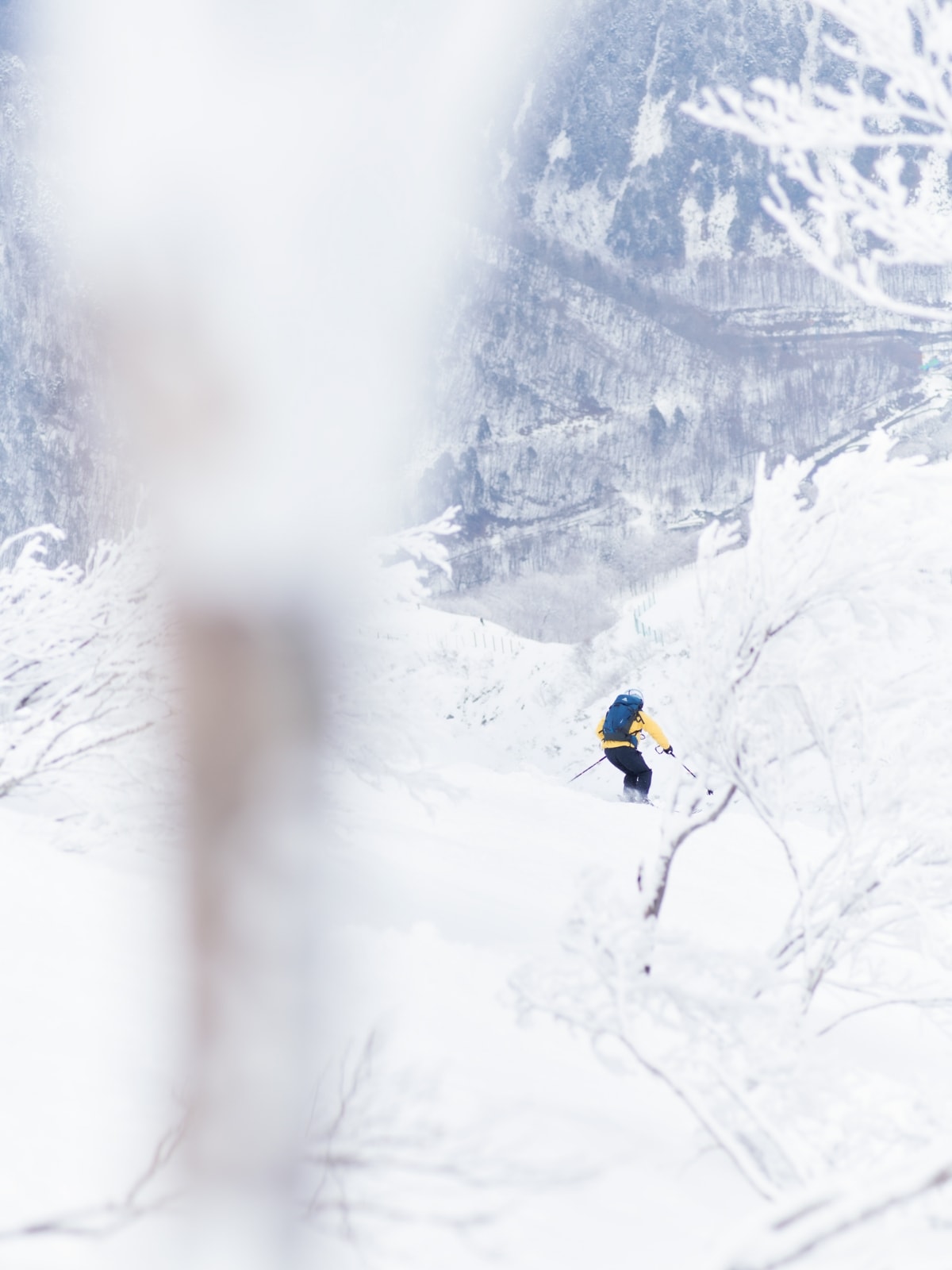
“Full-depth avalanche plays another key role. A full-depth avalanche is an avalanche that involves all snow layers accumulated from the first of the season to the last falling all at once, scraping the ground surface as it moves. And such groud surface is covered with humus soil and is rich in minerals. When full-depth avalanches occur in spring season, those deliver such minerals to rivers. Now, those minerals that flow into rivers actually end up in our farm fields, where we grow the vegetables and rice that we eat. This is why I believe that avalanches play a major role in the eco system.”
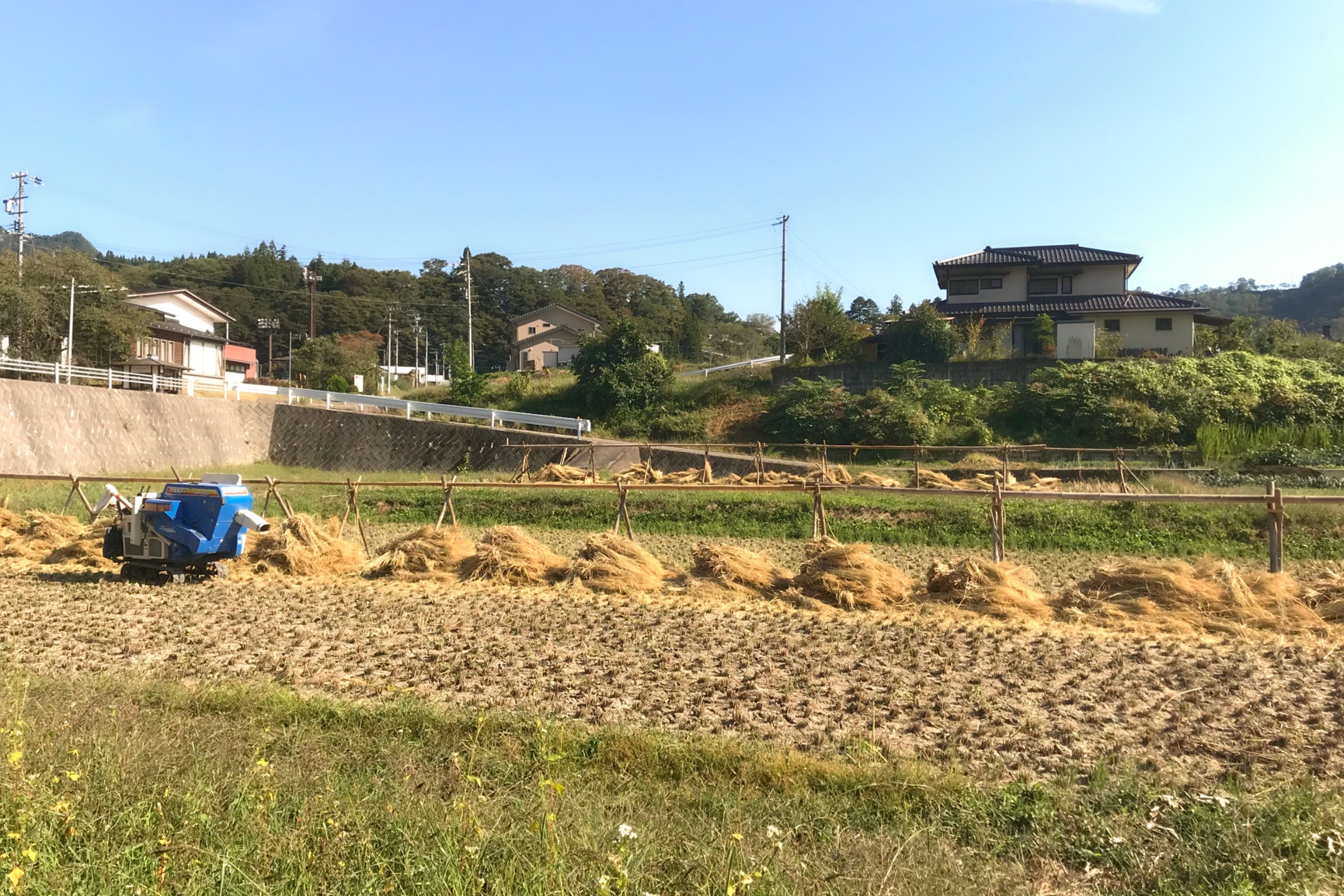
During the summer, Moriyama is also known as a rice farmer. He currently grows naturally grown rice and organically grown vegetables through natural cultivation, a farming practice without chemical fertilizers or pesticides, in the mountainous area of Nagano Prefecture where he moved a few years ago. The quality of his farming practice is so widely known that many people visit the farm to learn his method.
“I started growing rice and vegetables hoping to minimize the impact on the environment. I began practicing my method thinking that an absence of chemical fertilizers and pesticides was a way to live with less burden on the environment. And what I’ve noticed immediately is that the environment was restoring its natural state. I could literally see the natural habitat returing. More and more living organisms are returning every year, not only newts and dragonflies, but even the endangered species like the Japanese staghorn have settled in the area by the 3rd year... Although it’s only a small area, it’s been a joy of mine to experience and see the environment regenerate itself little by little by farming this way. Now I think it would be extremely amazing if the fireflies return to this land one day.”
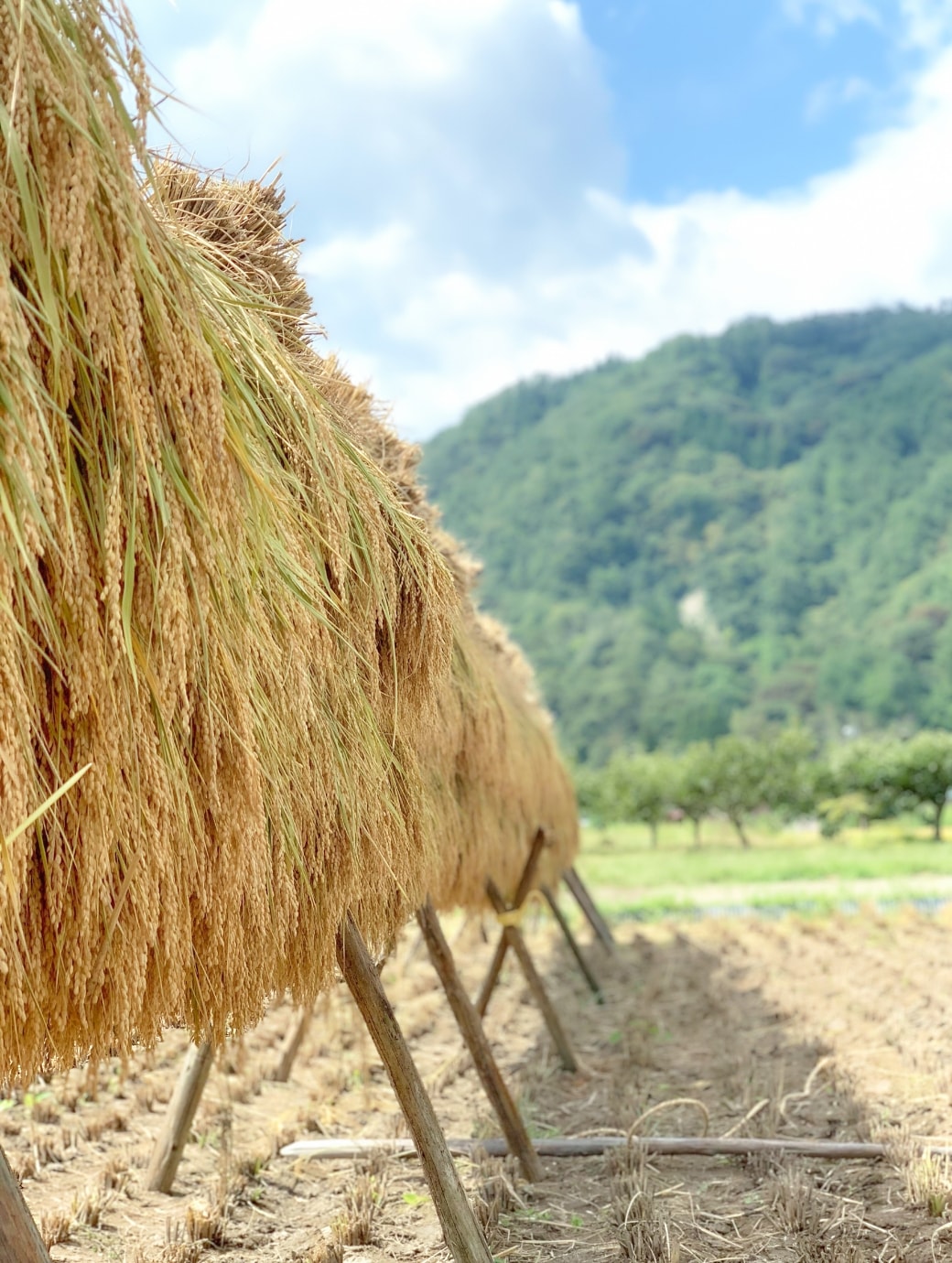
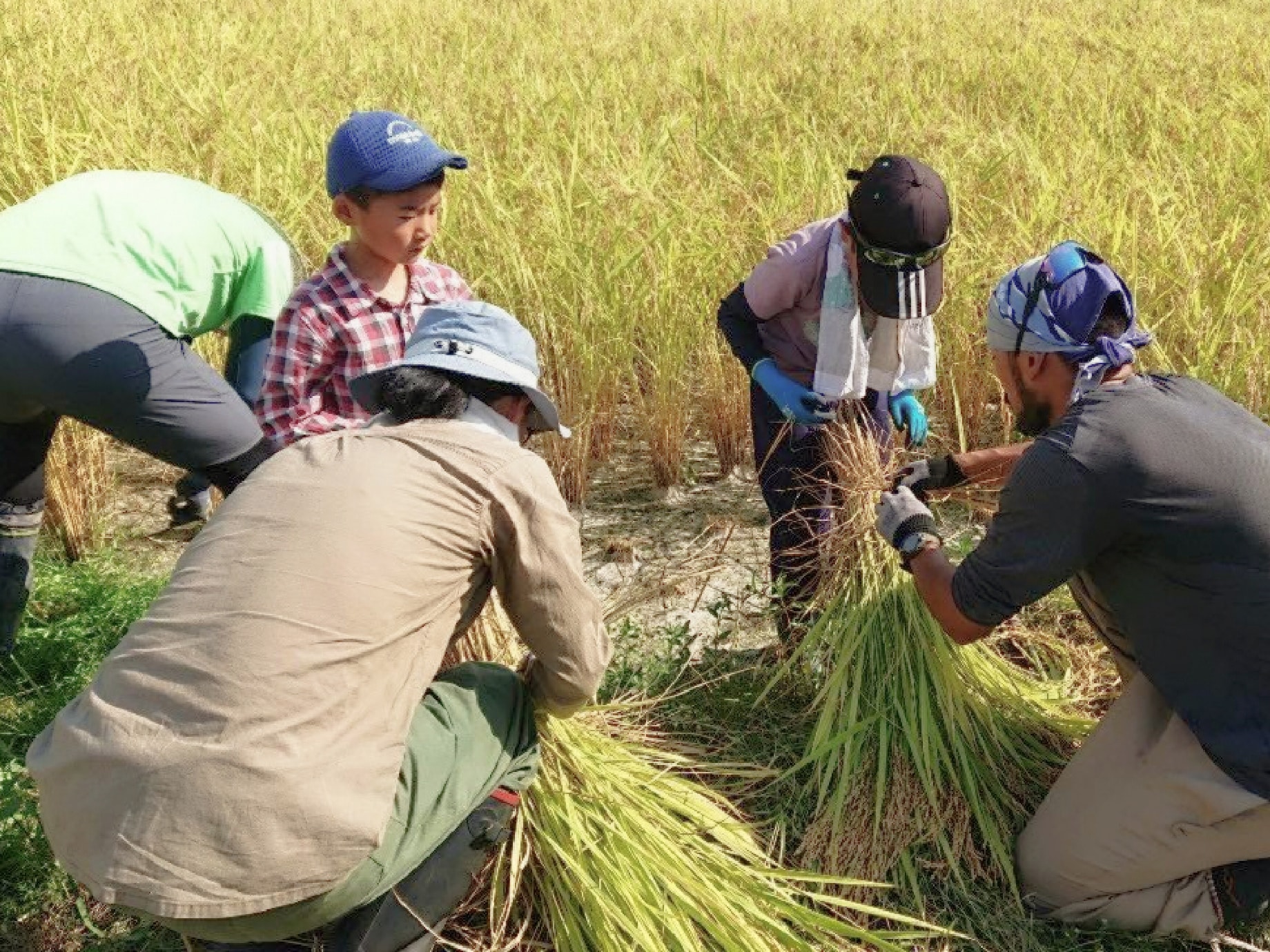
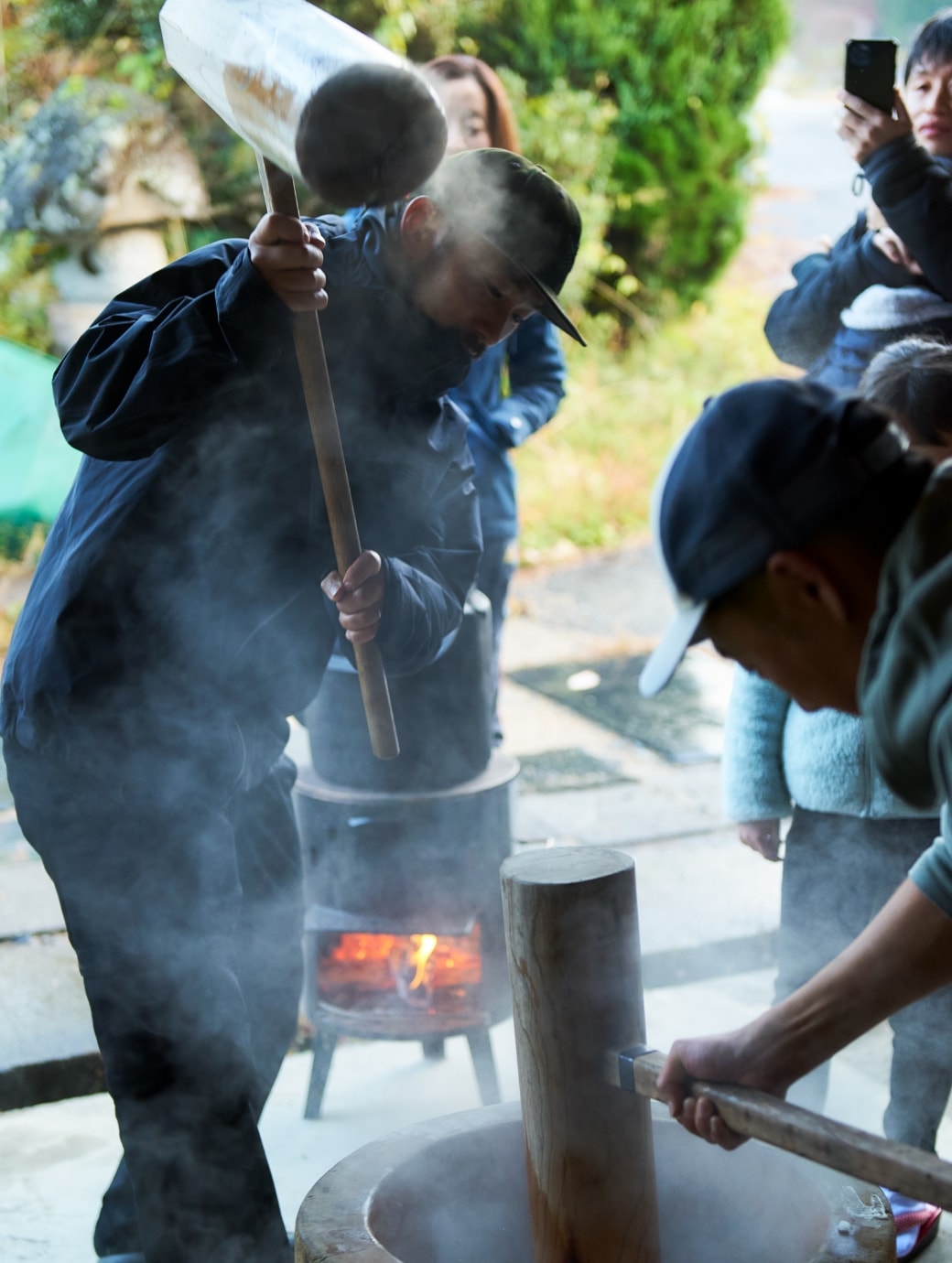
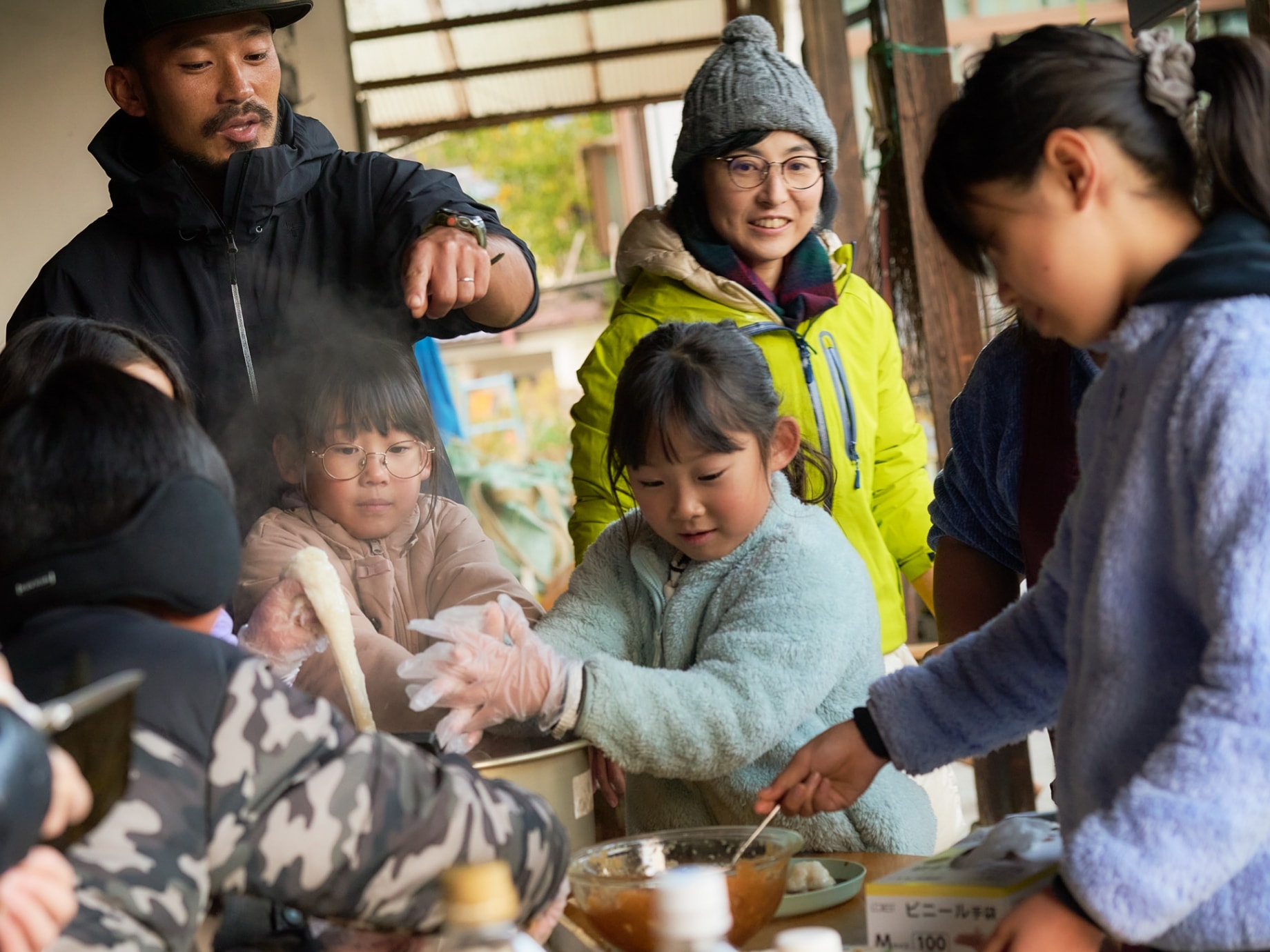
Kengo Moriyama talks about the wonders of natural cultivation with innocent eyes like a young boy. One of his passionate activities in the summer is called “School of Rice.” It is an initiative in which he shares the knowledge of natural cultivation techniques he has accumulated over the years to help people who want to start growing rice naturally.
First of all, chemical fertilizers and pesticides are used to stabilize crop production by promoting (or suppressing) the growth of rice and prevents weeds and pests from emerging. So, a natural cultivation that does not use those can simply be said as “the difficult method” for growing rice. The idea of natural cultivation is not that crops grow on their own by leaving them alone; rather, assuring the production of a certain yield without relying on chemical fertilizers or pesticides by investing in time and effort to take care of crops. That is the natural cultivation Kengo Moriyama believes in, and “School of Rice” is the place to learn it.
That said, what actually is necessary to grow crops without using pesticides or chemical fertilizers? One of the members who attended the “school of Rice” told us that he learned something improtant from him.
“I noticed that Mr. Moriyama was really carefully observing the crop and rice fields. He tought me knowing what to do, when to do, and how to do can only be obtained by religiously watching the rice fields.”
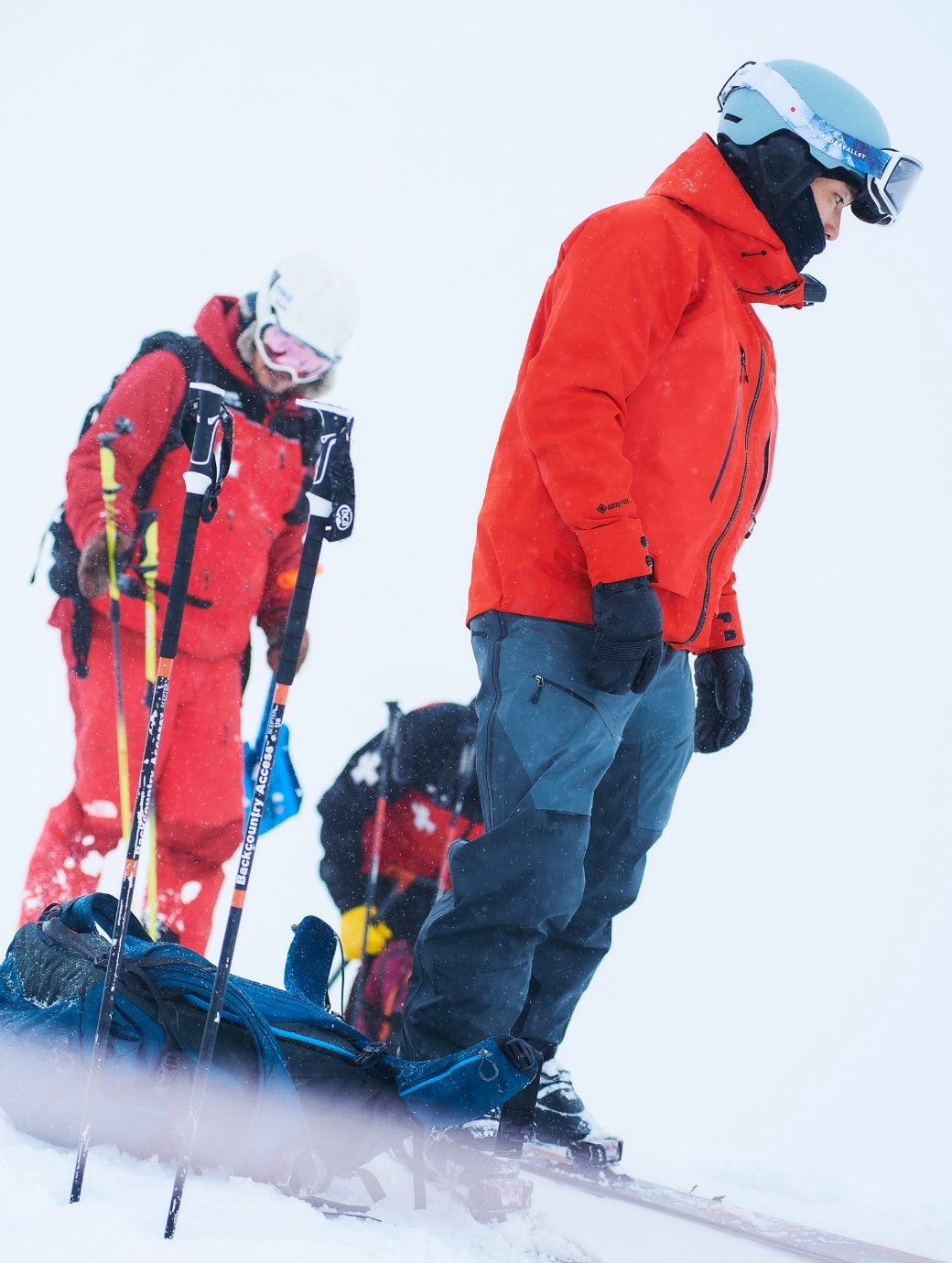
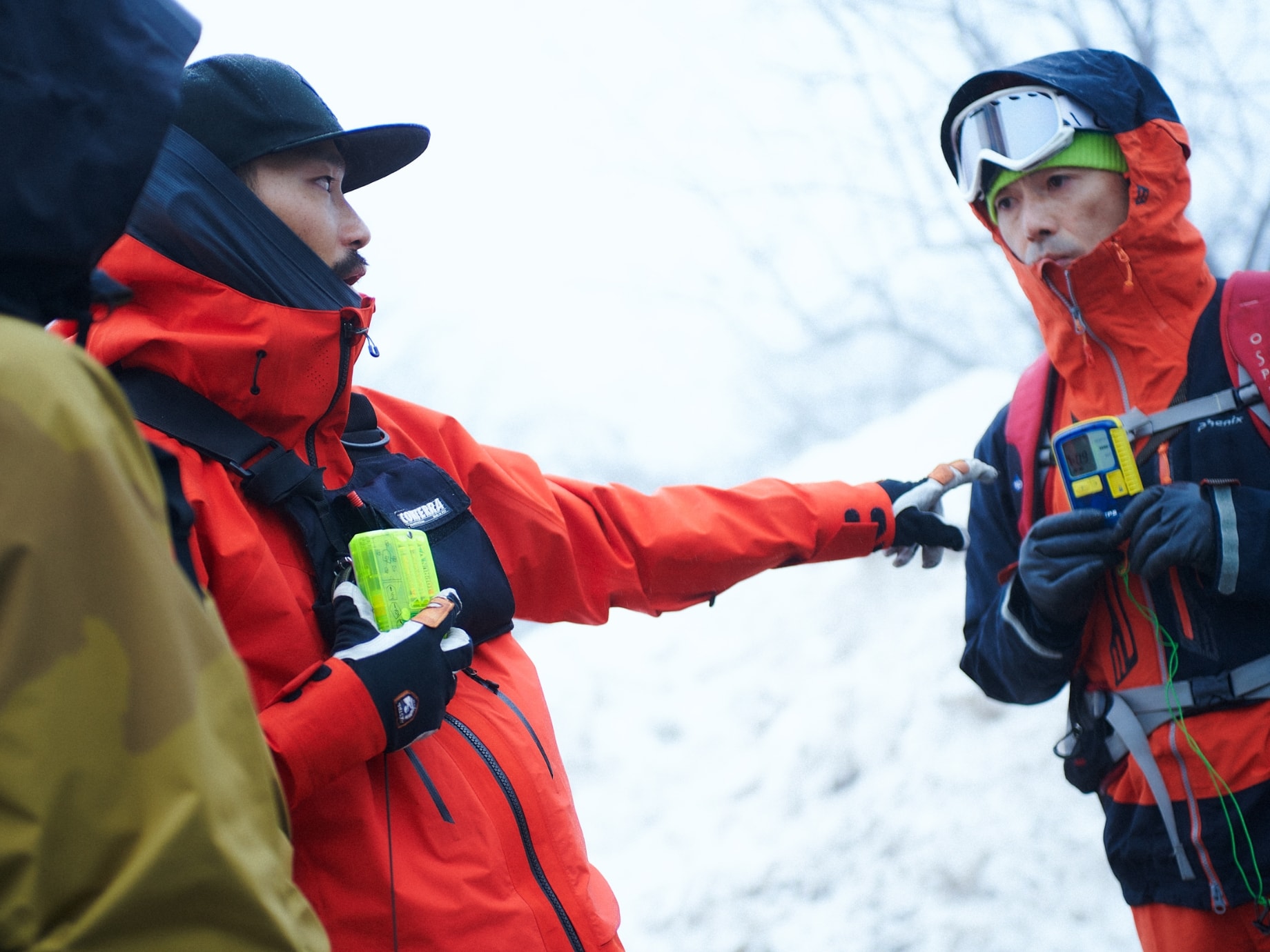
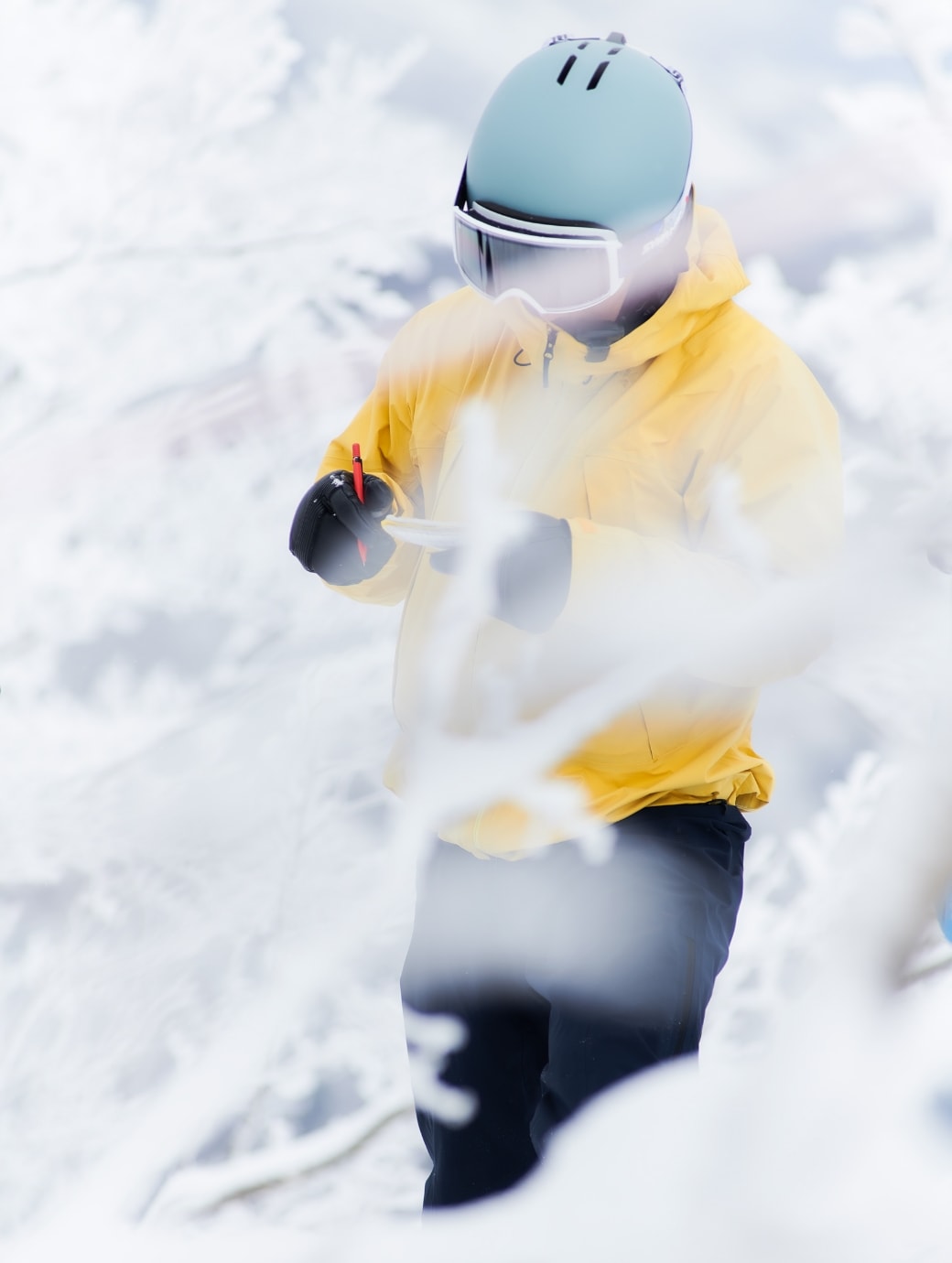
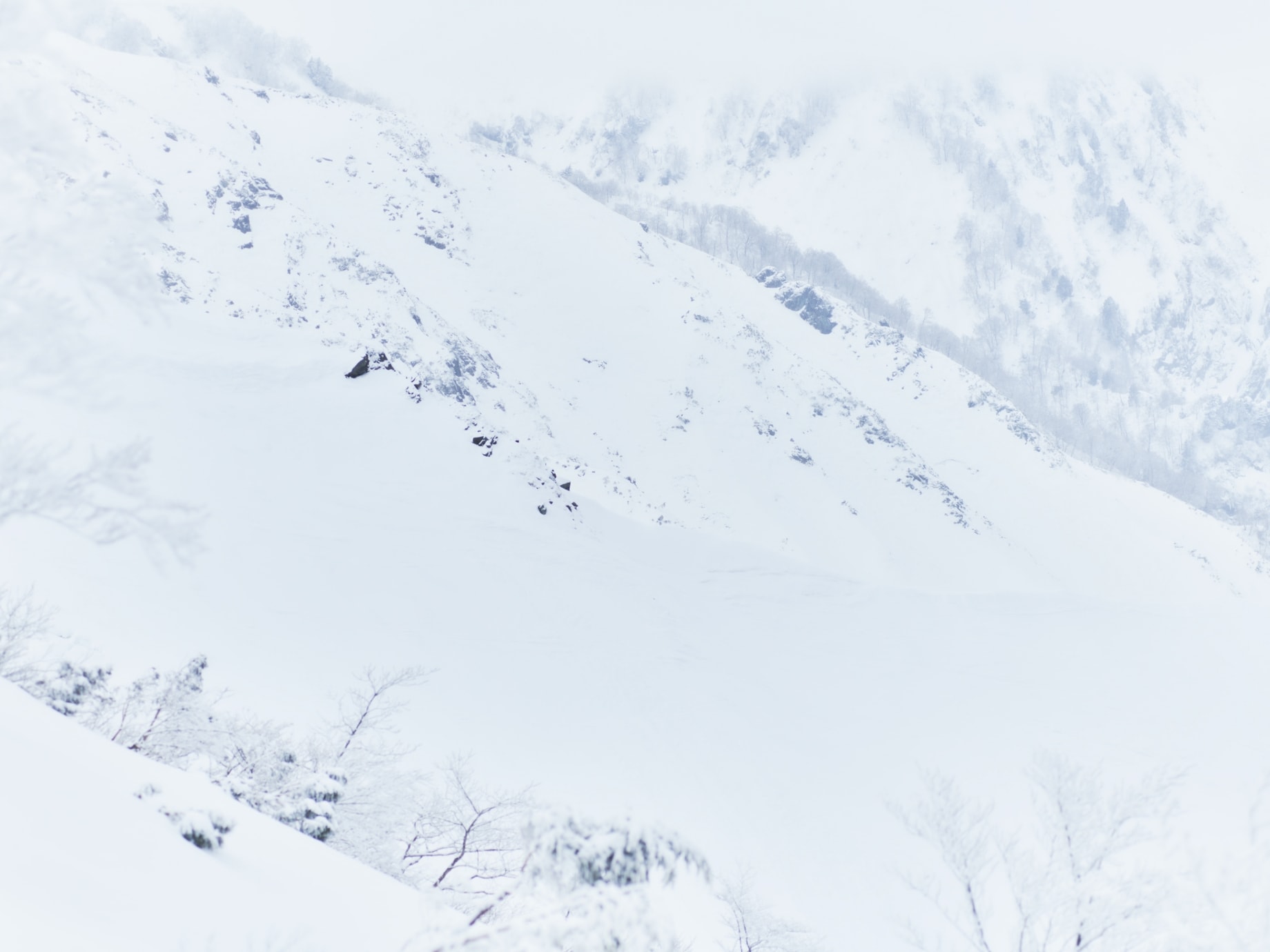
Listening to the Voice of Nature
He studies the weather and snowfall every day to manage avalanches in the winter; and he observes the growth of rice in the rice fields in the summer. As he spends his days exposed to nature throughout the year, he believes listening to the voice of nature is the key in both of his jobs.
“My avalanche teacher was Ryuzo Wakabayashi, who passed away last December. He told me that he can hear the voice of trees and snow. I had to ask what he meant by that and was tought that if I really dug deep into it, nature would start speaking to me. I didn't quite understand the true meaning of his statement at that time, but as I continued to explore avalanches, I began to experience that I too could hear the voices of nature. For instance, I sometimes predict an avalanche that wouldn’t have otherwise been noticed just by looking at records and data, only by sensing something suspicious. Events like this made me realize that we can hear the voice of nature little by little through repetitive hypothesis, verification, and prediction.”
Of course, neither the trees nor the snow can actually speak. It sure is difficult to understand how to "listen to the voice of nature" in reality. However, if we look at it differently, it could be said that every human lives by receiving messages from nature. Waking up in the morning to sunlight or preparing an umbrella on a cloudy day for instance, can be said to be a way of receiving messages from nature. It may not be possible for ordinary people to predict an avalanche or to grow fine crops without relying on pesticides or chemical fertilizers like him. But listening to the voice of nature is something everyone can do. In fact, it may even have been a natural thing for us humans.
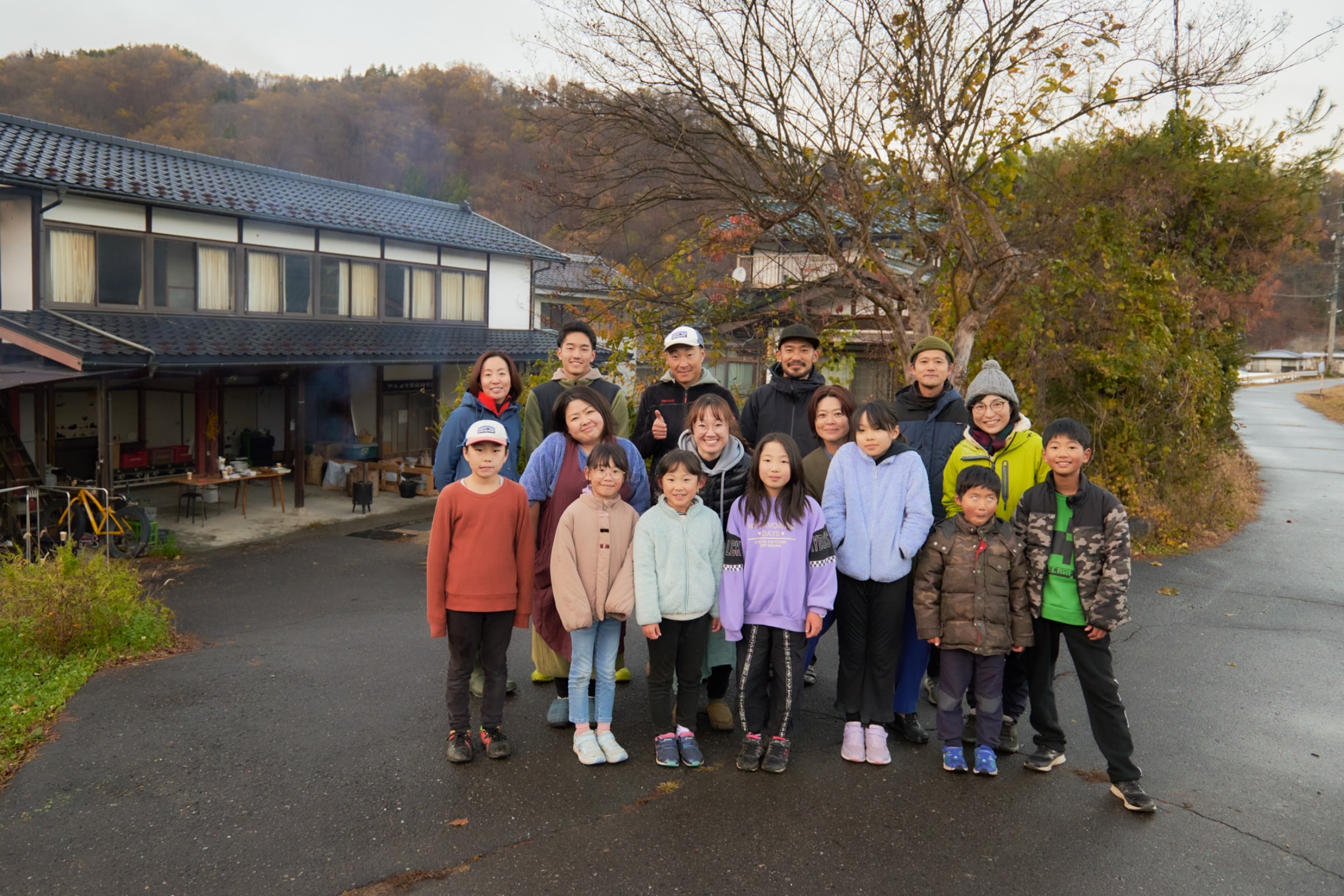
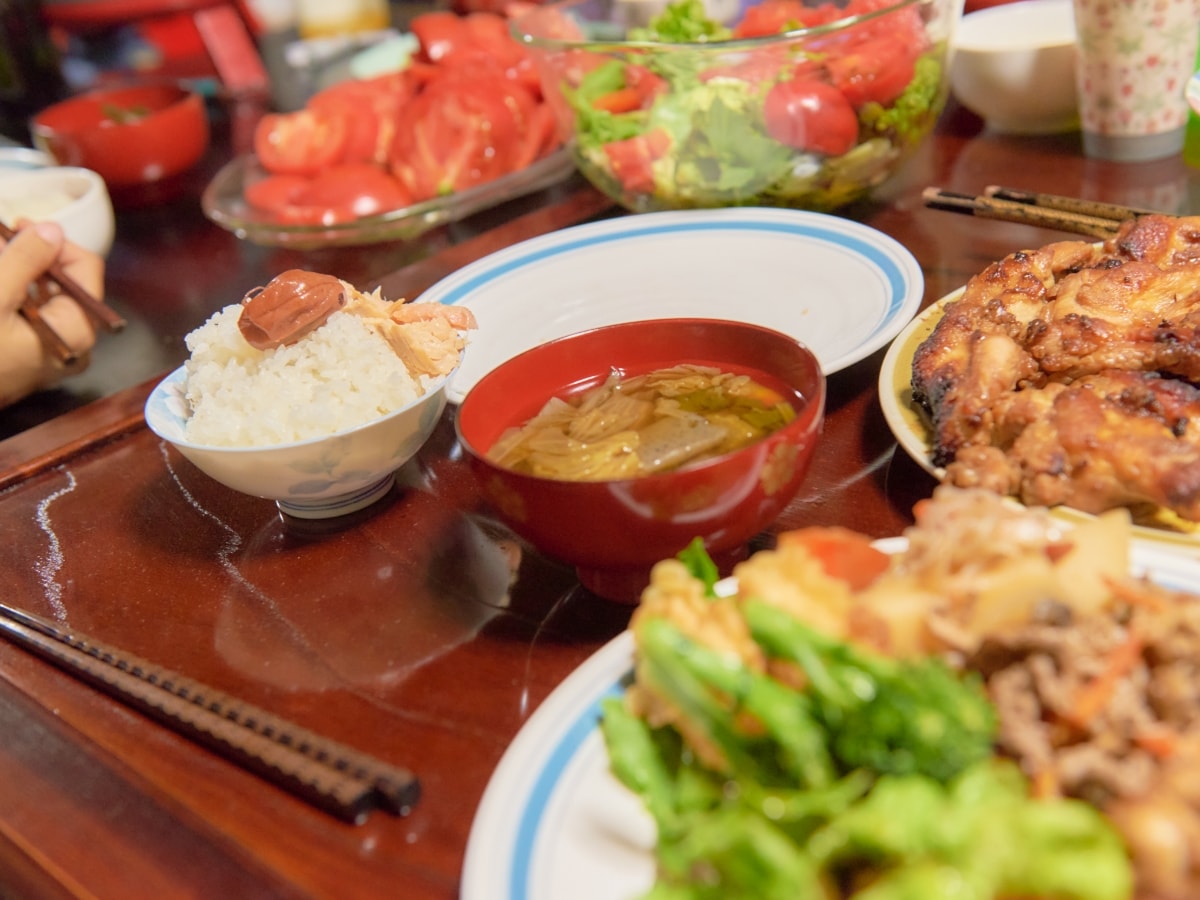

Passing It Down
“I think passing it down is the most important. Rice production has been passed down to us for over 1000 years. And I don't want that to end in my generation. Establish the solid technique and pass it on to my children. Then it will be passed down to our grandchildren. That is the kind of flow I want to create.”
“The reason why passing it down becomes so important is because even if we know something about avalanches and establish a theory about it, nature continues to change. The climate changes constantly and we must adjust accordingly. With avalanches and rice fields, there is no end to it. That’s why this must continuously be passed down to the next generation. These children were born and grew up with new sensibilities in the new era, so I believe they’ll be able to see it from their own perspective and evolve if we could teach them what we see today. That’s why the rice production that has been passed down for thousands of years cannot end with my generation. Nature involving avalanches continues to change as well and must be passed down to the next generation to control. I believe those are my callings.”
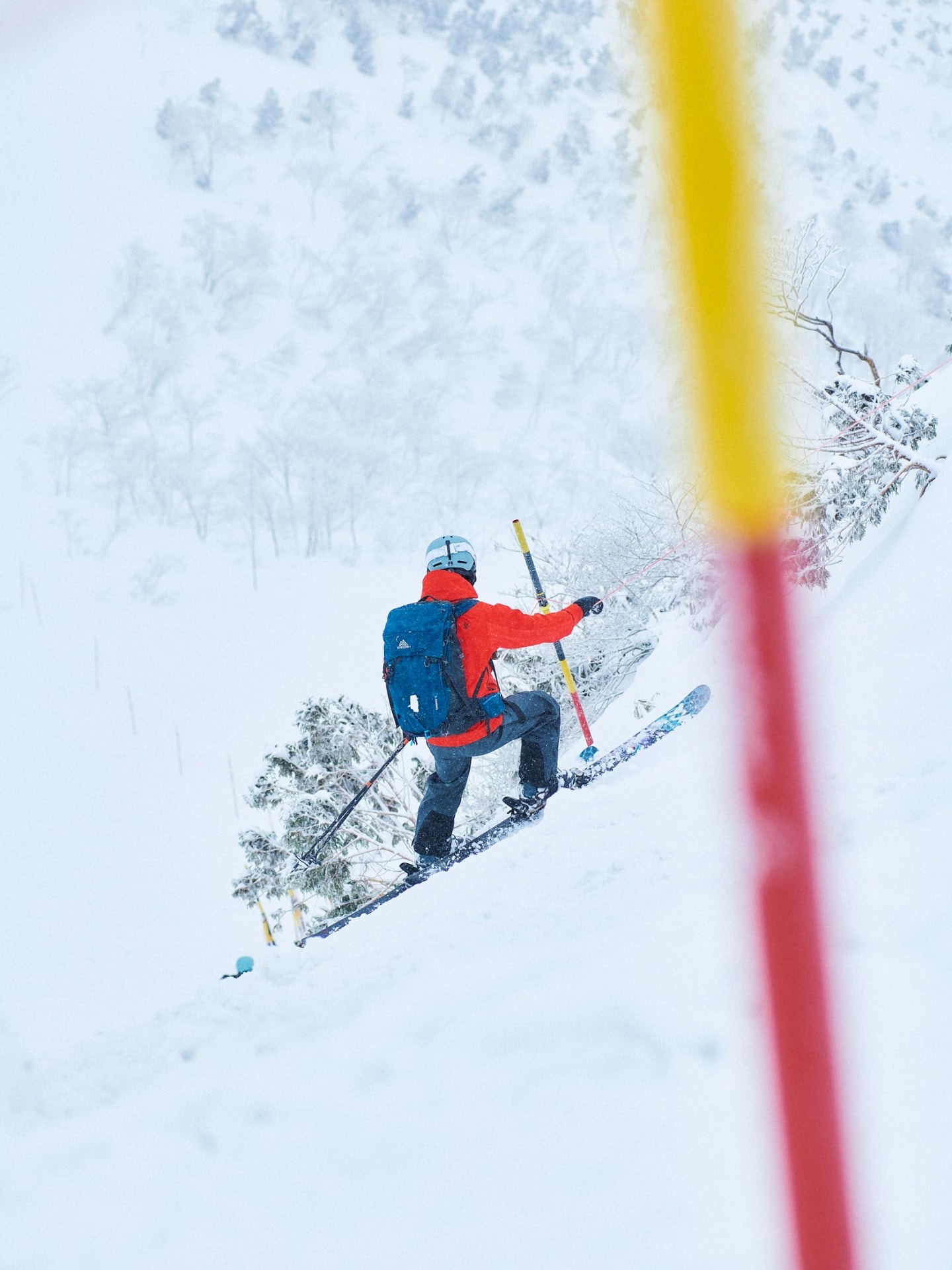
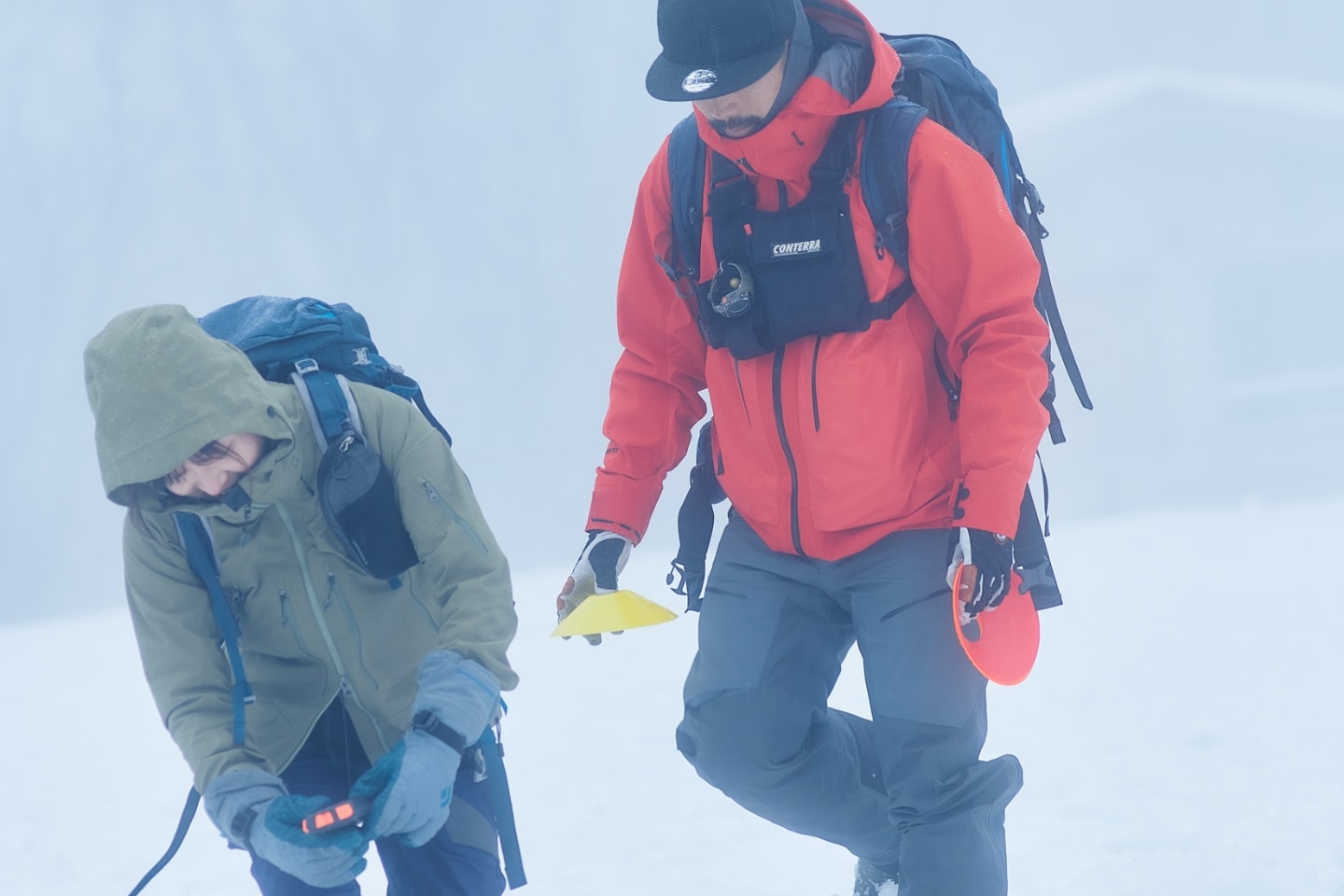
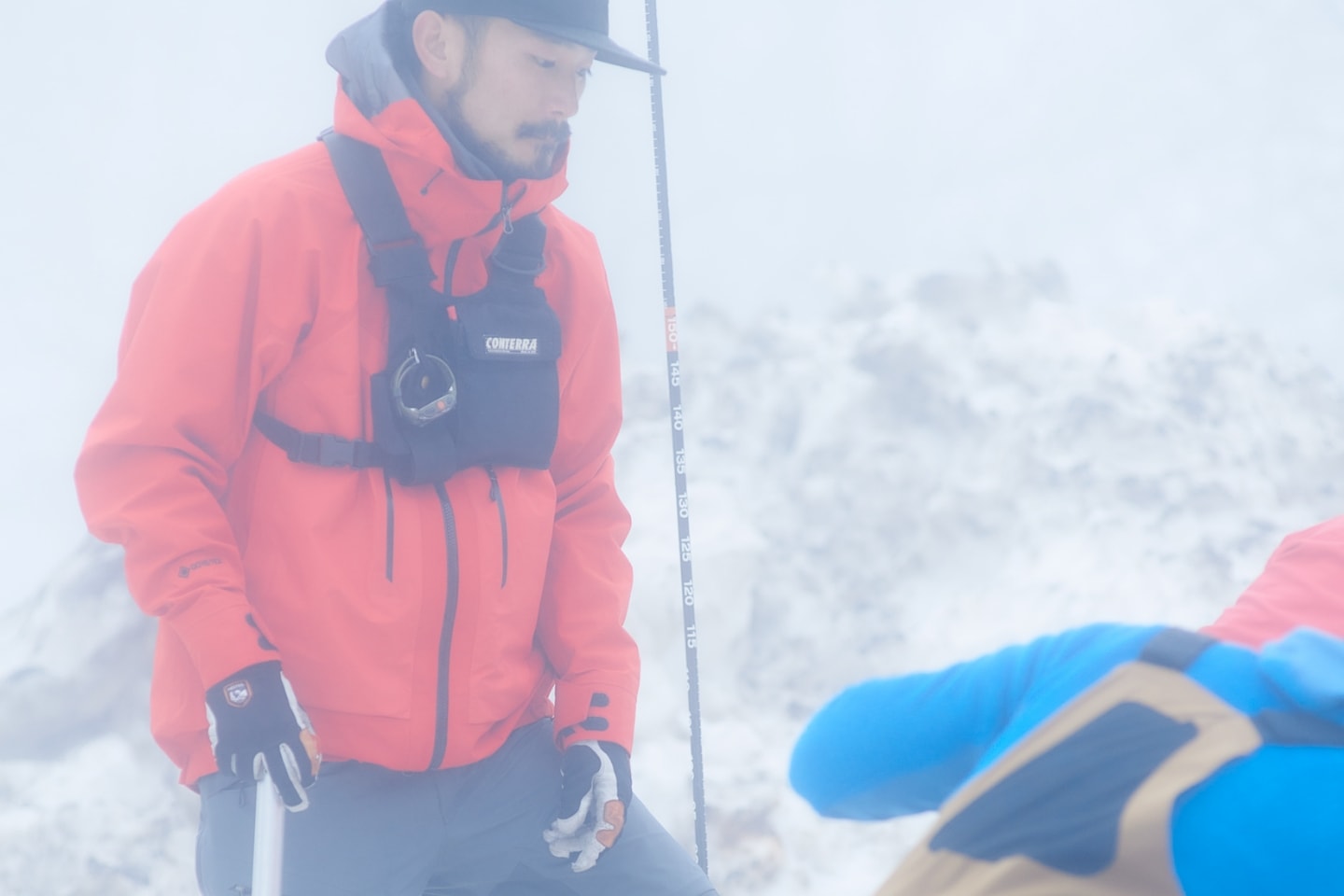

Kengo Moriyama
Kengo Moriyama is an avalanche control officer at Happo One Ski Resort.
Since 2011, actively involved in numerous mountain rescue operations with the avalanche rescue dogs he personally trained. From 2014, engaged in avalanche control using explosives at the Tsugaike Kogen Ski Resort. In 2020, took on the role of avalanche safety management for the FWTHAKUBA "Freeride World Tour Hakuba Event." Currently, actively participating in awareness campaigns related to avalanche safety management, striving to approach the essence of avalanches and nature.
